Cherry blossom (in Japanese hanami) is a very special time when the whole country admires the delicate pink and white flowers on sakura (cherry) trees. The word hanami literally translates into blossom but it carries also under underlying meanings (beauty and sophistication of Japanese language) which are related with a sentiment, tradition and activity.
More specifically, a small dig into Google translate provides us with more background of Japanese hanami: hana – 花 means “flower” and mi – 見 stand for “to look,” and thus hanami (花見) or o-hanami (お花見) translates literally into “looking at the flowers”. Interestingly, it doesn’t have to be a cherry trees blossom (sakura), although rarely, the term is also used for the plume trees blossom (ume) which can also be described as umemi.
In Japan the tradition of the cherry blossom watching dates back to the 8th century. Sakura season was firstly celebrated by wardlords and upper class notables, from preserved documents we learn that hanami lavish festivities were already organized in Kyoto at the Daigoji Temple in the 16th century. Since 17th century the hanami became popular among ordinary people, the traditions continue until today. Nowadays this special time enchants not only Japanese but also crowds of tourists who want to experience this incredible time of cherry blooms.
If you ask yourself why Japanese sakura bloom is so special, I’d say it’s deeply related with long tradition of celebrating it. Through centuries Japanese grew the trees with consideration, lining the river banks and the garden paths with hundreds of cherries so they create fairy blooming roofs of delicate flowers adding up to the magical experience. Sakura embodies the nature and the world being reborn for another year after winter months.
Being such a special time in Japan, there are many ways you can enjoy hanami. The blossom starts in different time in various regions, the earliest in Okinawa (February) and latest in the beginning of May (Sapporo). Each year there is a group of enthusiasts (including tourists) who spend few weeks to travel between the regions and follow the cherry blossom. Majority however, will enjoy observing the blooms locally, taking charming walks along the alleys filled with sakura trees, tasting special sakura menus in the restaurants (there are even special dishes which are served only in hanami season), in many parks and gardens there are special illuminations in the evenings (called Yozakura) adding even more magic to the festive atmosphere. Another very popular activity among locals is to organize a picnic and meet with friends under the blooming trees.
There are many ways to experience hanami in Japan, in fact you can even get a forecast of sakura blossom for a given year. It is available on a special website which allows you to learn when the season starts for every region of the country. Of course, the dates can shift due to sudden drop/increase of temperatures or other weather anomalies but still you can get a rough estimate. It’s worth checking out the prediction when booking your flights if you would like to have your visit during sakura blossom.
Although many enthusiast will travel across the country to admire cherry blossoms, the majority of tourists but also Japanese people will enjoy this time in the area where they live and work or during realization of their travel itinerary.
I have lived in Japan few months and worked in Tokyo, thus my hanami experience brings down mostly to this city. Tokyo agglomeration counts 40 million inhabitants and is rarely skipped by tourists so obviously there are always many people who admire cherry blossom in the capital of Japan. Tokyo is densely packed urban metropolis but has surprisingly many parks, gardens and green spaces where you can enjoy this time with no need to travel to distant places.
Below you will find a list of best spots to enjoy hanami in Tokyo:
- Meguro River
I think it’s my best sakura spot in Tokyo also due to the district where this places is located. The Meguro river runs through a water canal surrounded from both sides by cherry trees which form magical flower canopies during the blossom. The best way to get to the area is to take metro to Meguro or Naka-Meguro stations. Nakameguro neighbourhood is a very trendy place in Tokyo, filled with restaurants and cafes as well as little art galleries and workshops so it’s very pleasant to explore the district on its own. Along the length of 4km of Meguro River you will find 400 cherry trees which brings a spectacular effect during the bloom season. I advise you to come here in the daylight but also in the night. In late evenings the champagne stands are open and the trees are illuminated so you can enjoy the beauty of the blossom when sipping slowly your glass of champagne.
 |
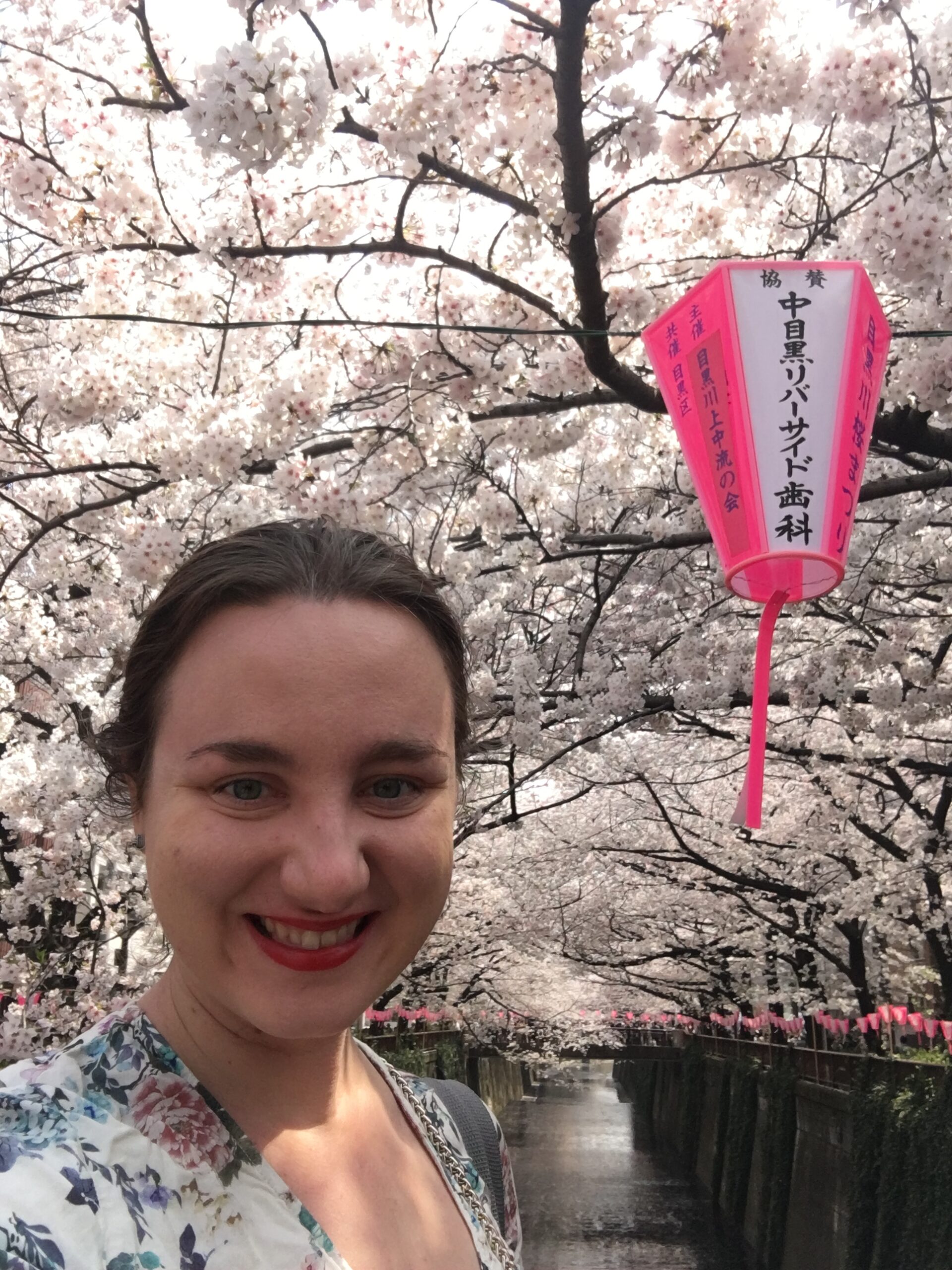 |
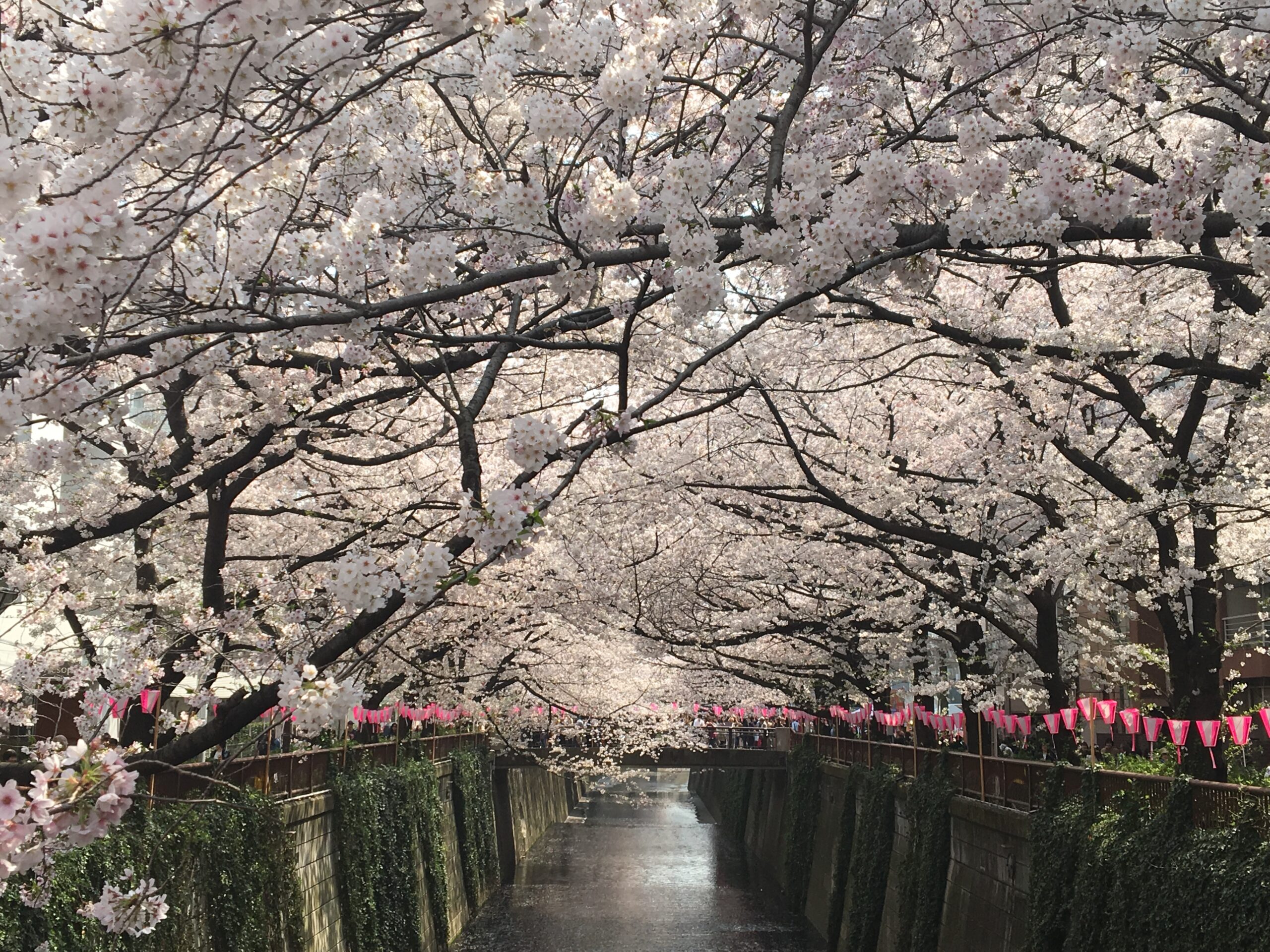 |
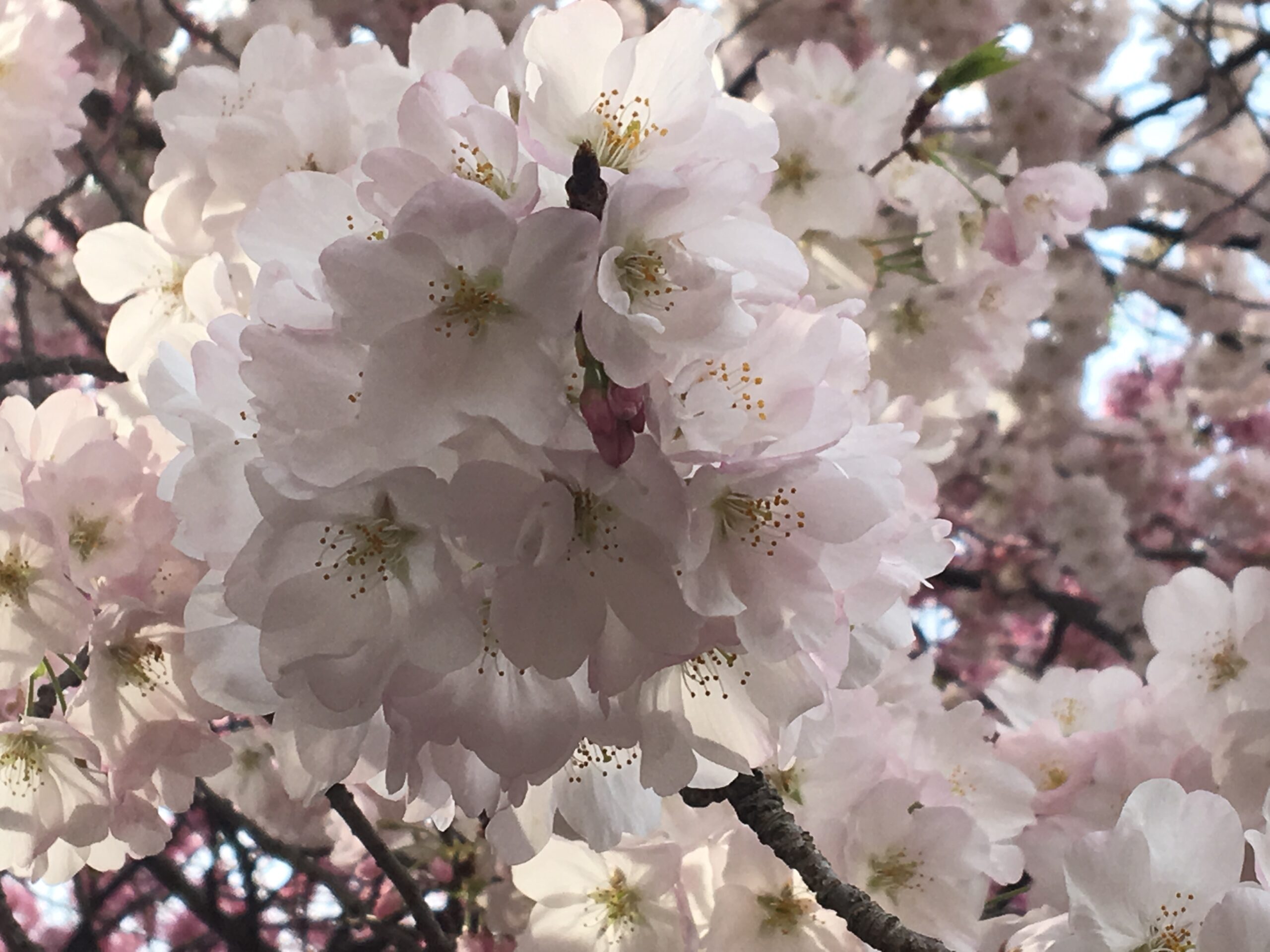 |
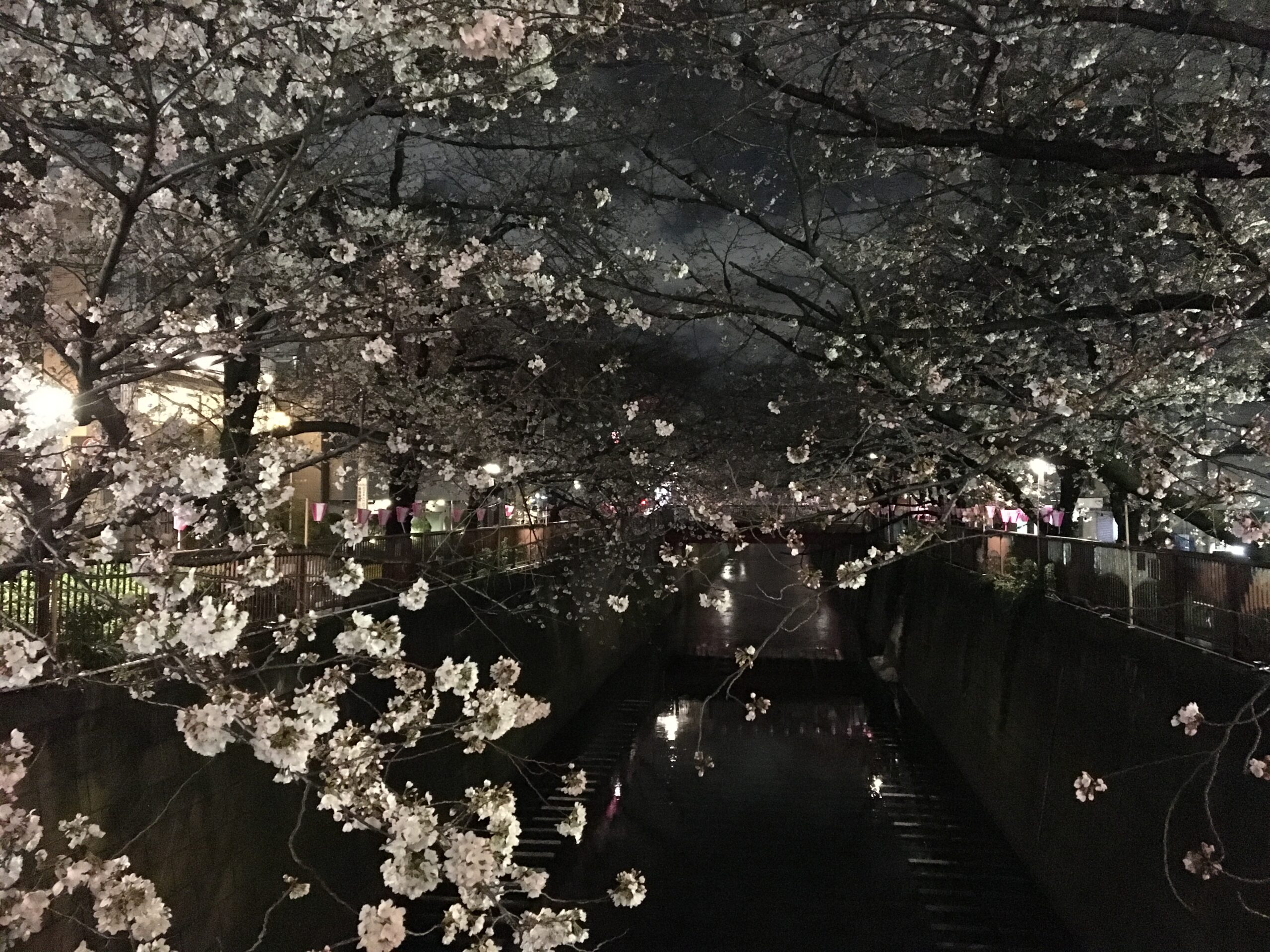 |
2. Ueno Park
A very popular hanami spot in Tokyo, with many locals celebrating the sakura season by organizing picnics under the blossoming trees. Around 800 cherry trees grow along the central lane of the park which creates a magical effect. This spot is very convenient location for tourists since the park hosts a zoo where you can see pandas, a short walk from Uneno leads you also to top Tokyo museums such as Tokyo National Museum, The Ueno Royal Museum, Tokyo Metropolitan Art Museum and few other ones, you may want to check out the area to choose the one most interesting for you. In Uneno Park you will also find beautiful traditional temples, nearby you can also get an appointment for a traditional tea ceremony so you can combine many activities with your hanami experience.
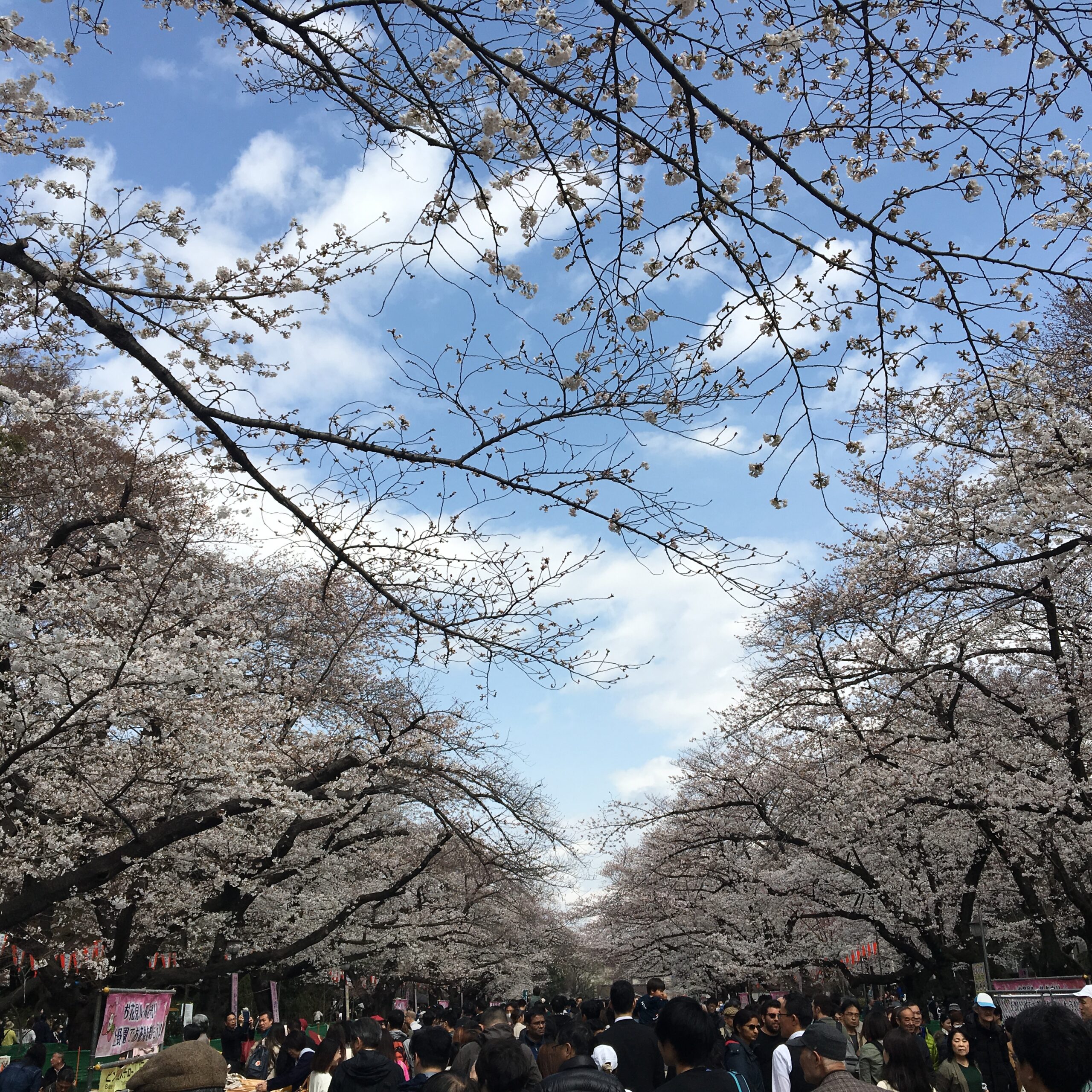 |
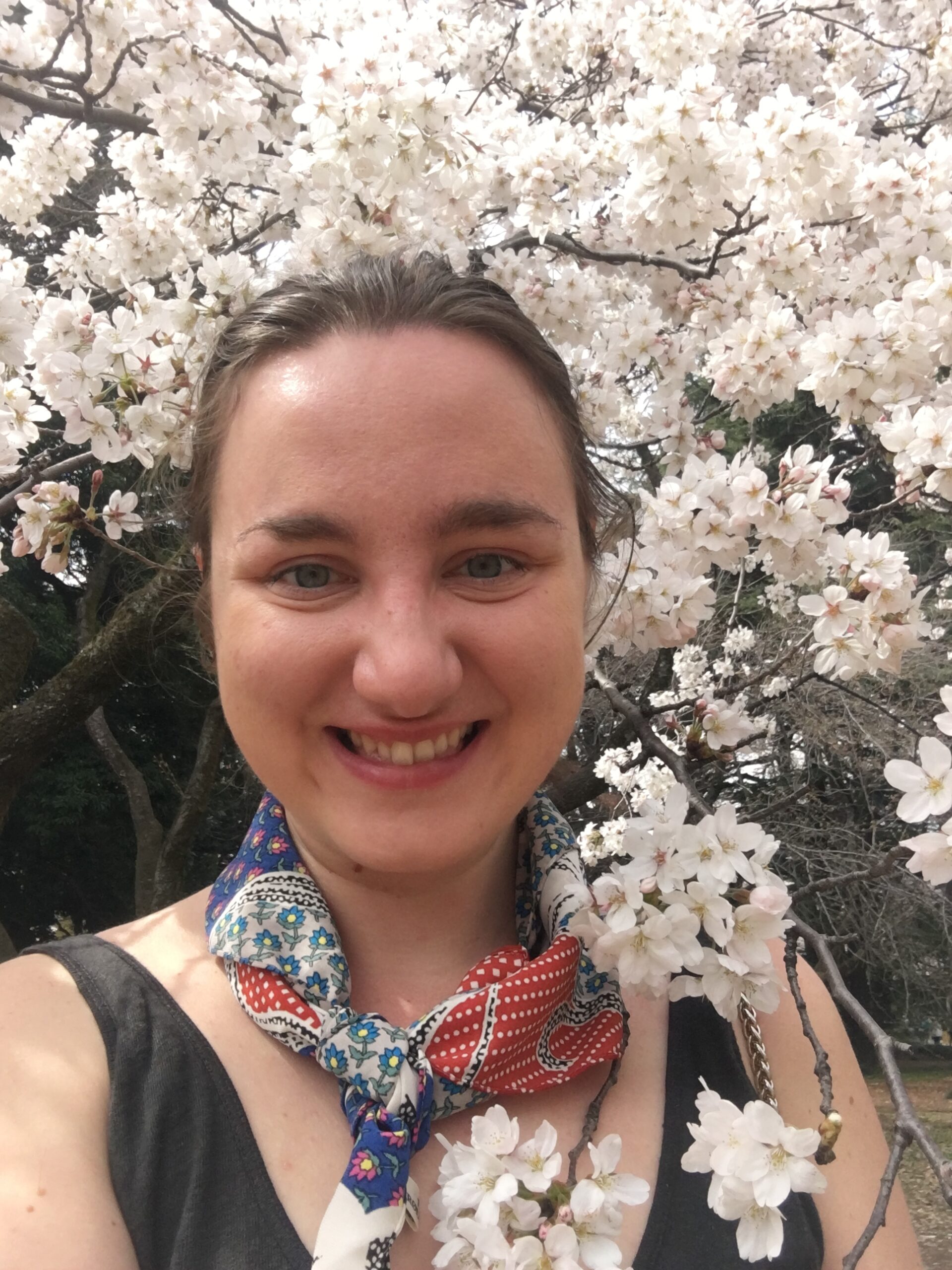 |
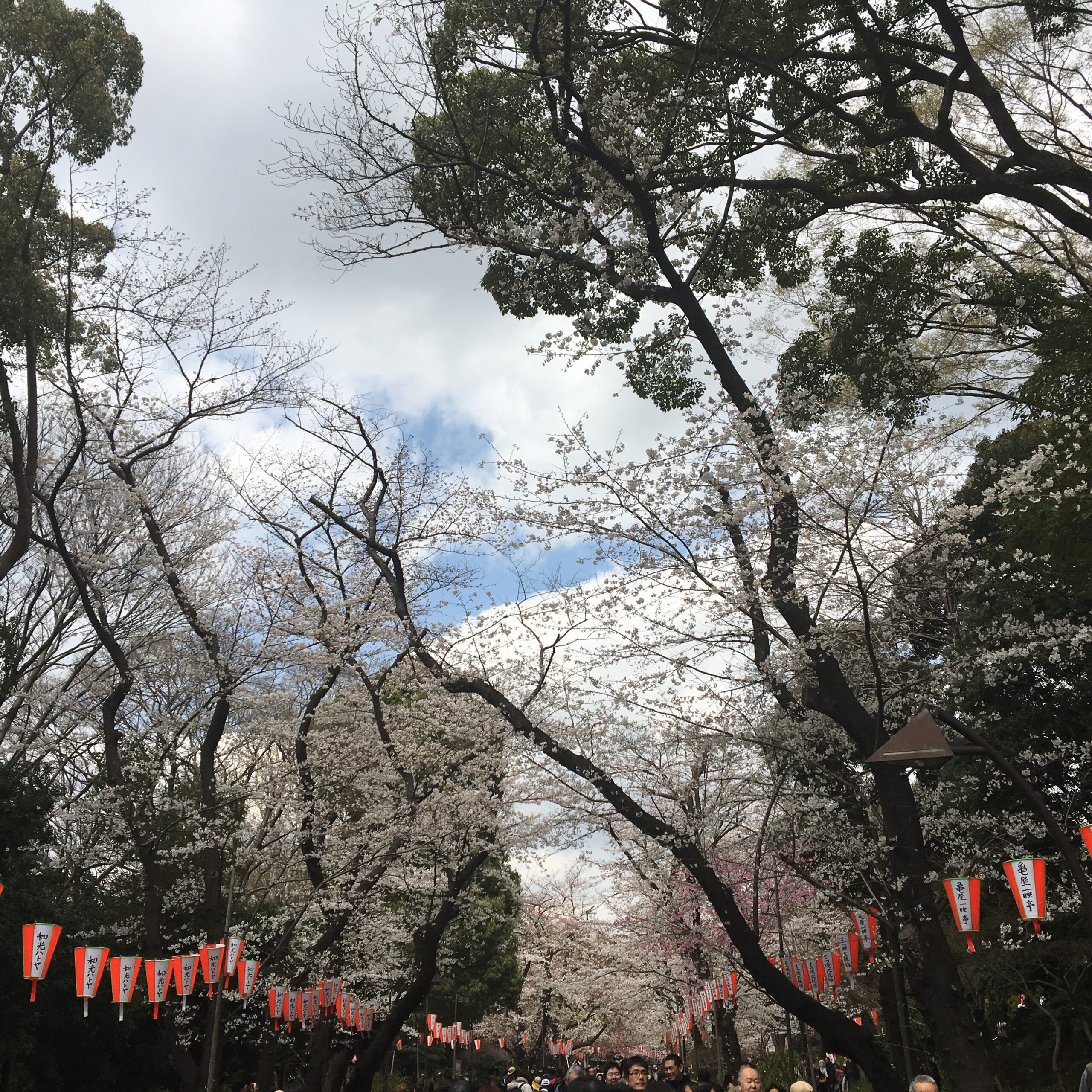 |
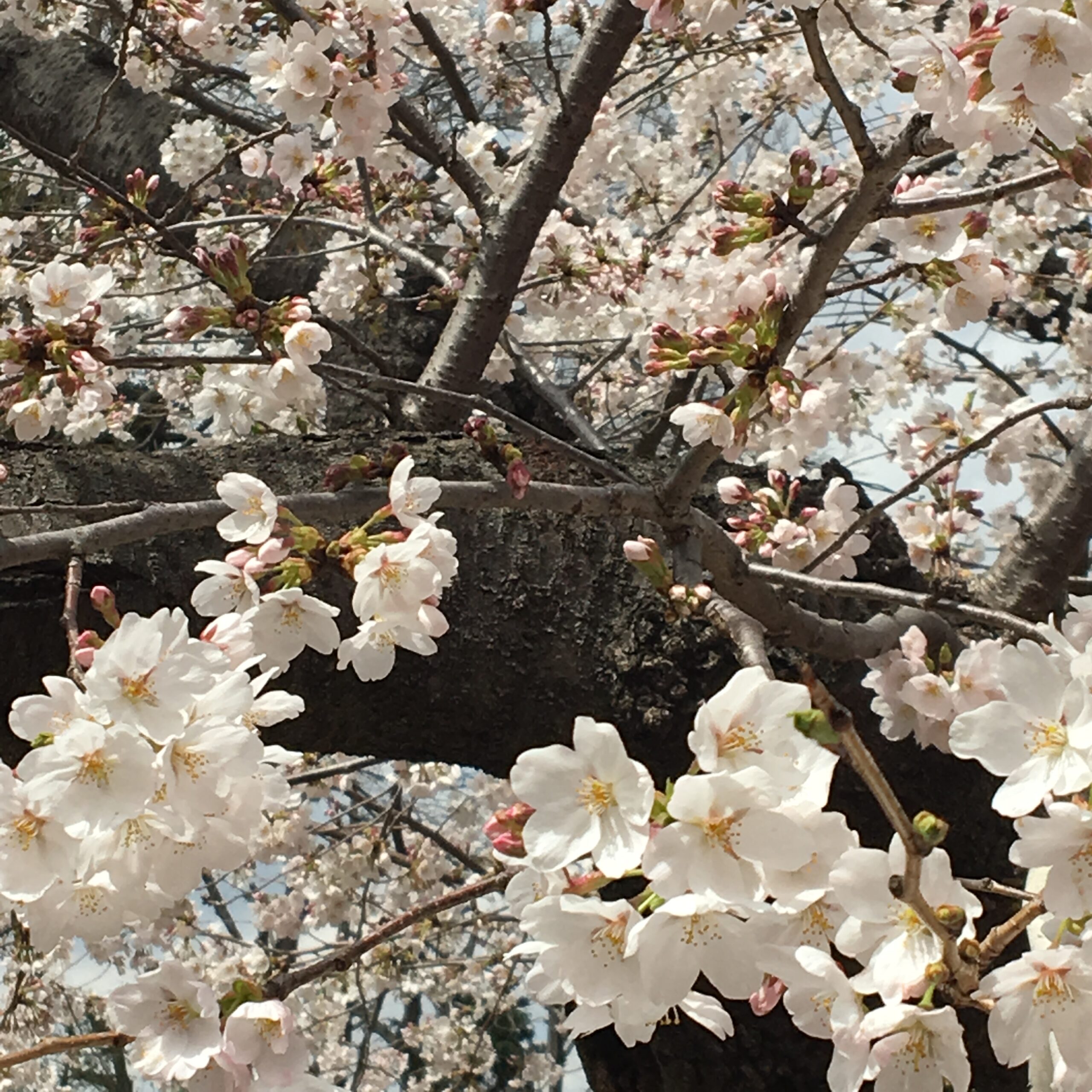 |
3. Shinjuku Gyoen
A little calmer Sakura spot than Ueno Park is beautiful Shinjuku Gyoen garden which during Edo period (1603-1868) belonged to the feudal lord and later belonged to the Imperial Family. The park became public space after The Second World War. You can come here by metro, the closest station is Shinjuku. The park is home to more than 1300 cherry trees of more than dozen of varieties which in result offers a unique palette of different colors of the blooms. The garden is very vast and divides into three parts: a traditional style Japanese garden, structured French garden and wilder English garden. In all parts you can spot the Sakura trees. You will find here information center and restaurant as well as smaller places where you can refresh with a bowl of matcha tea when observing the cherry flowers.
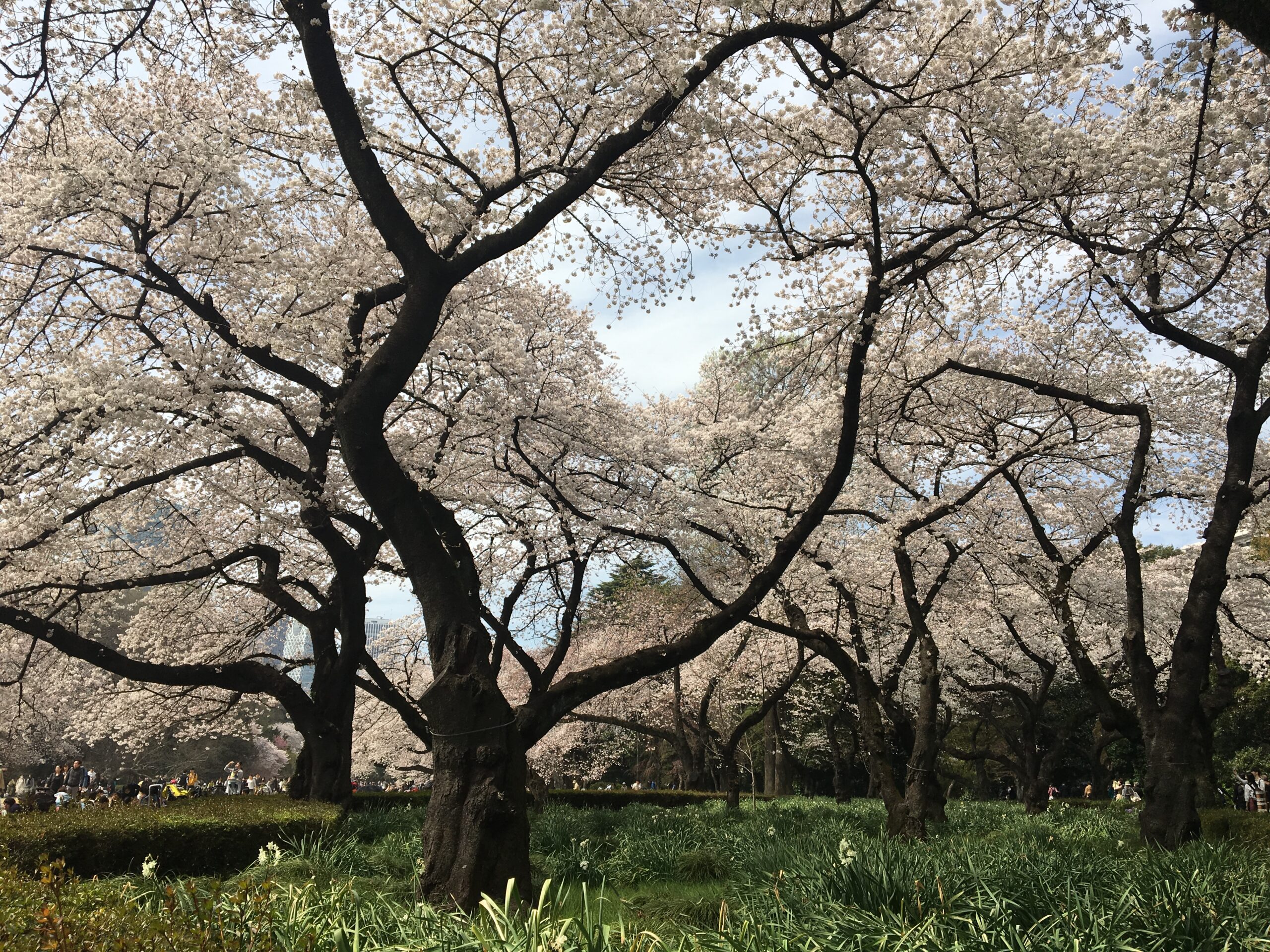 |
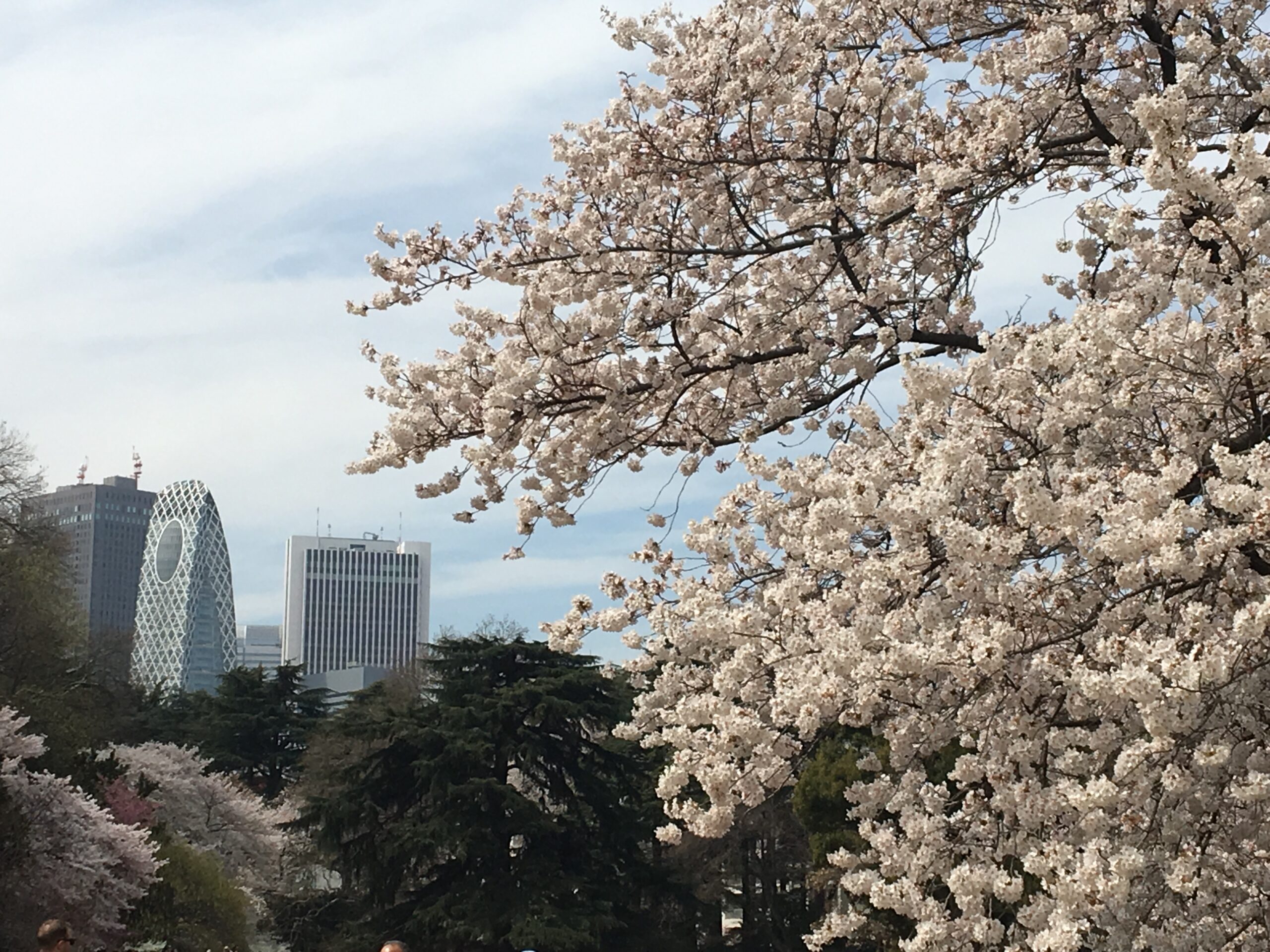 |
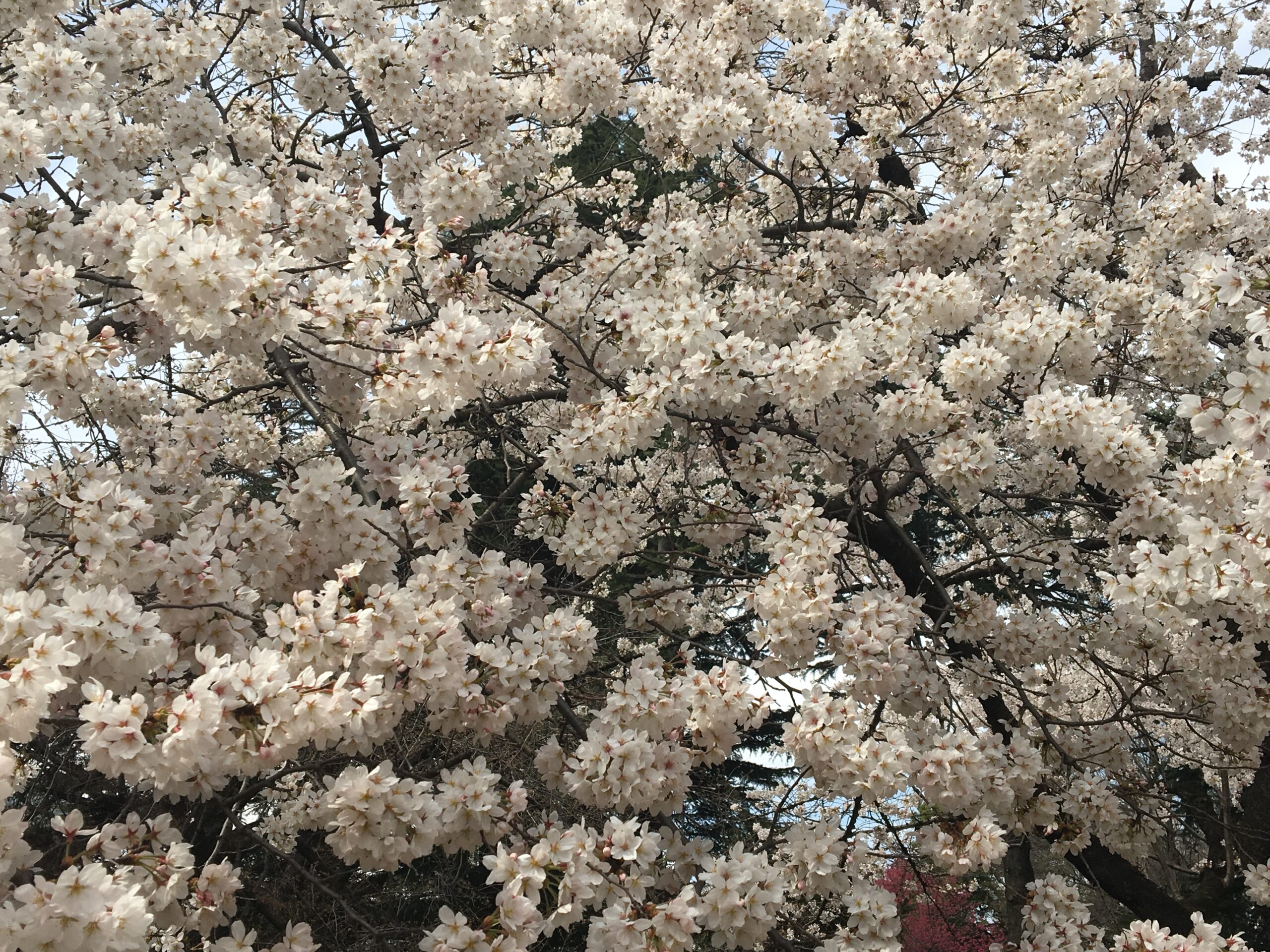 |
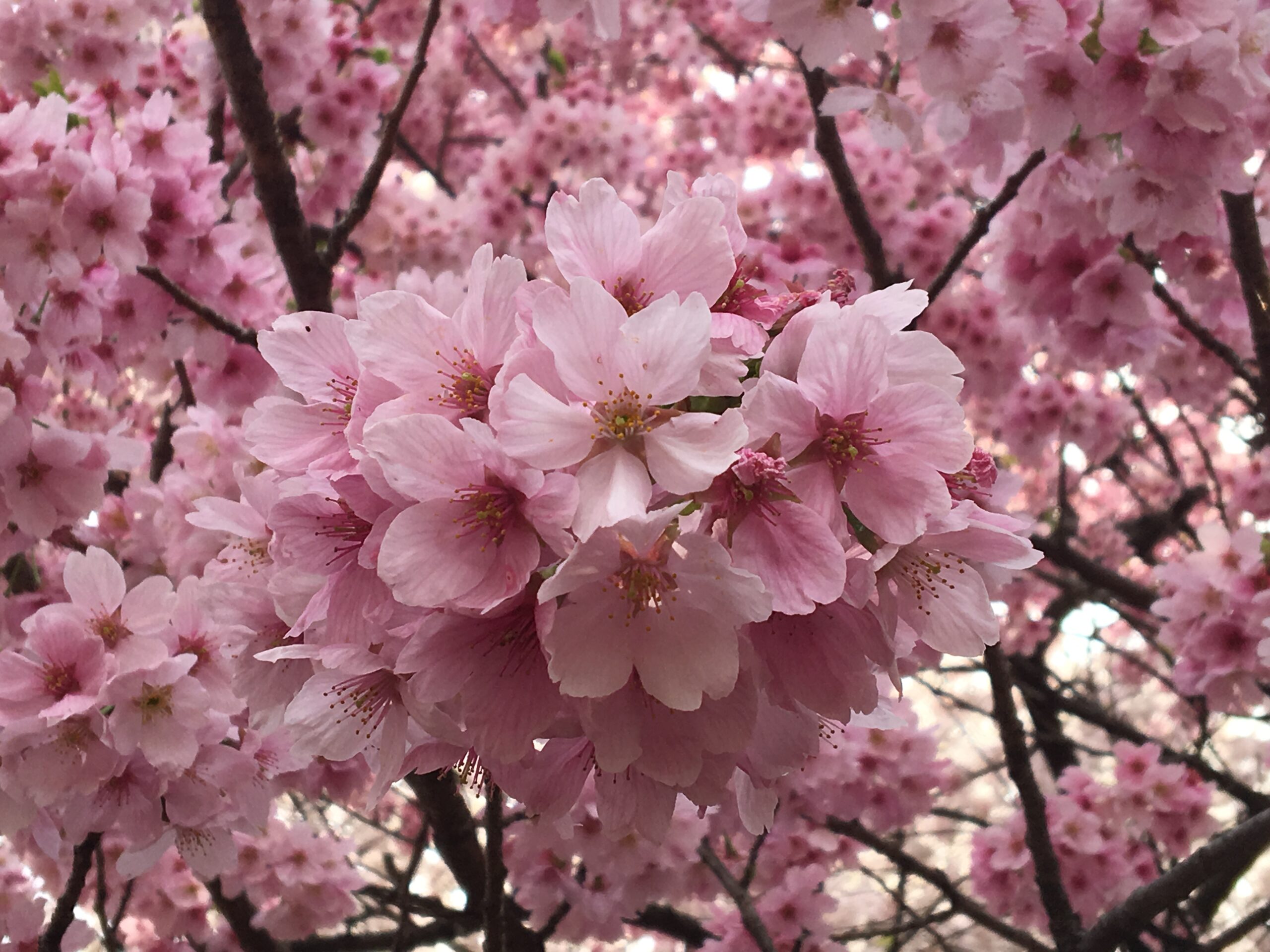 |
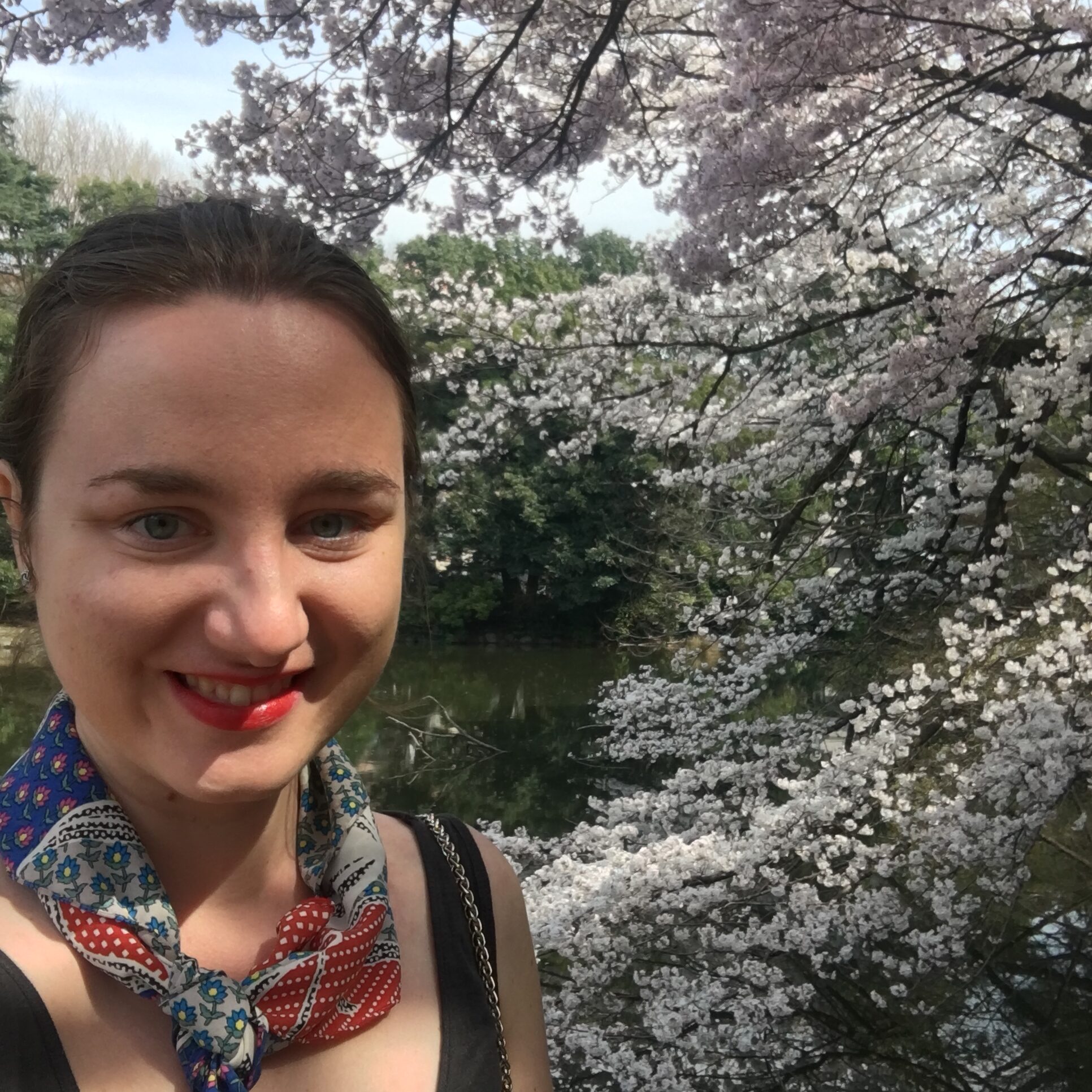 |
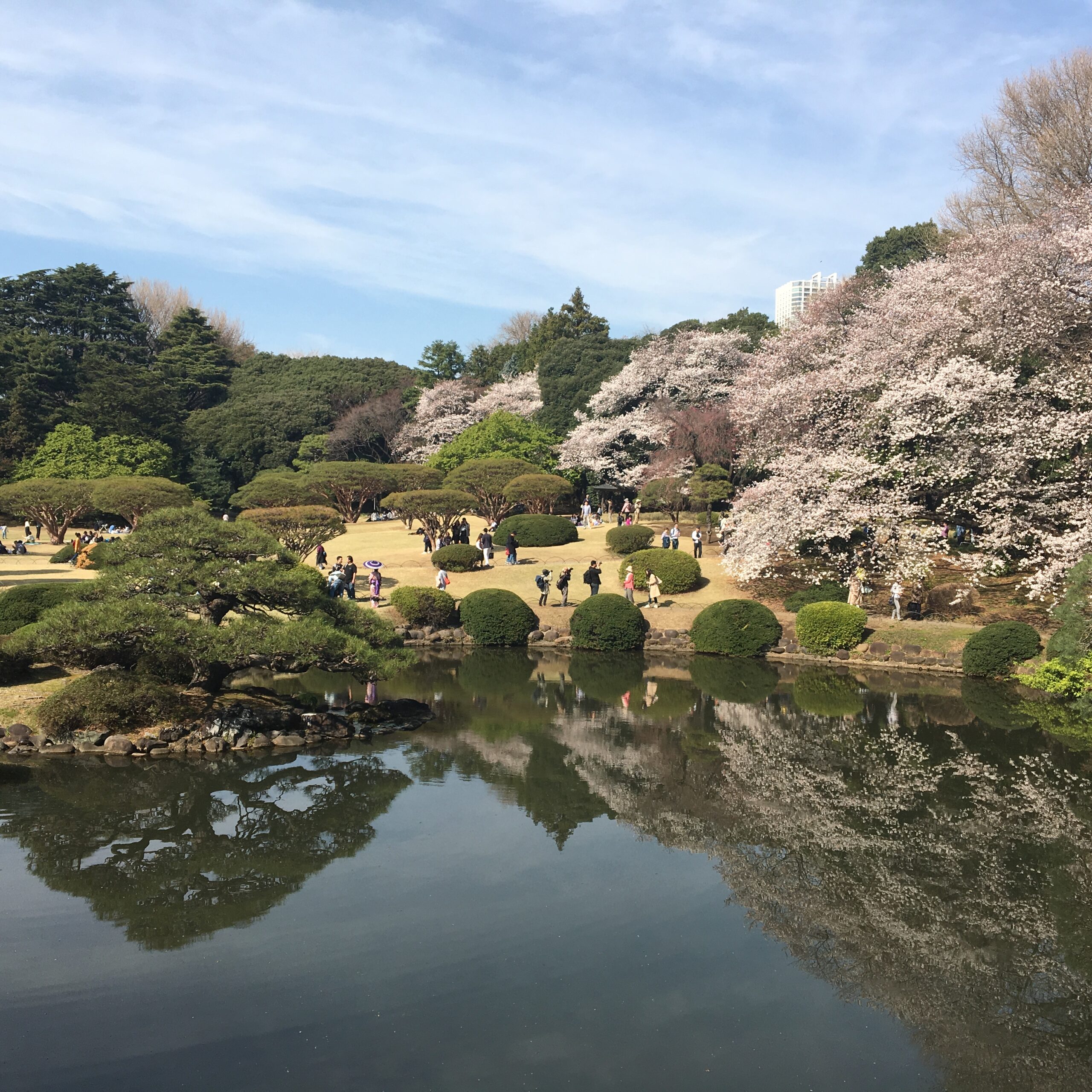 |
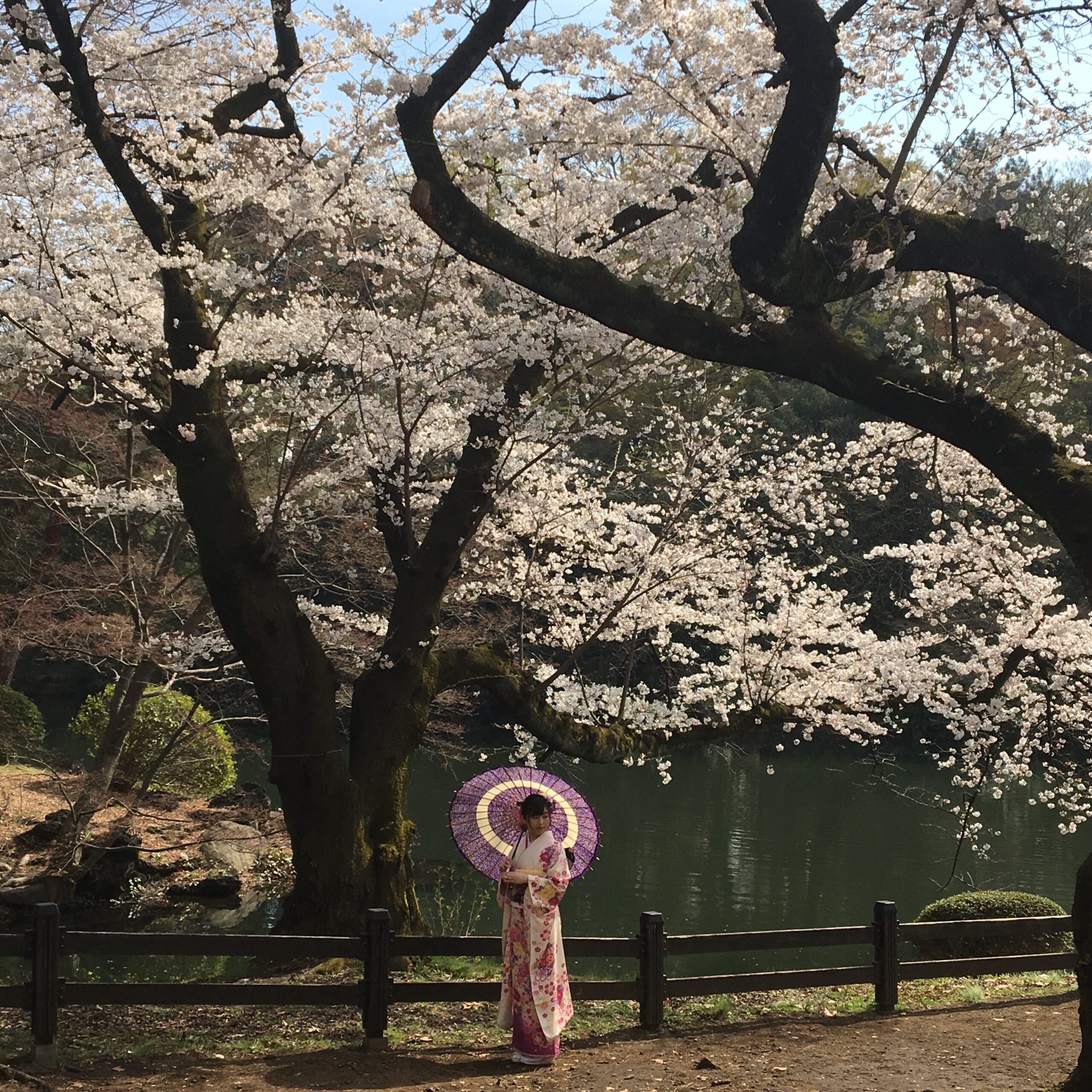 |
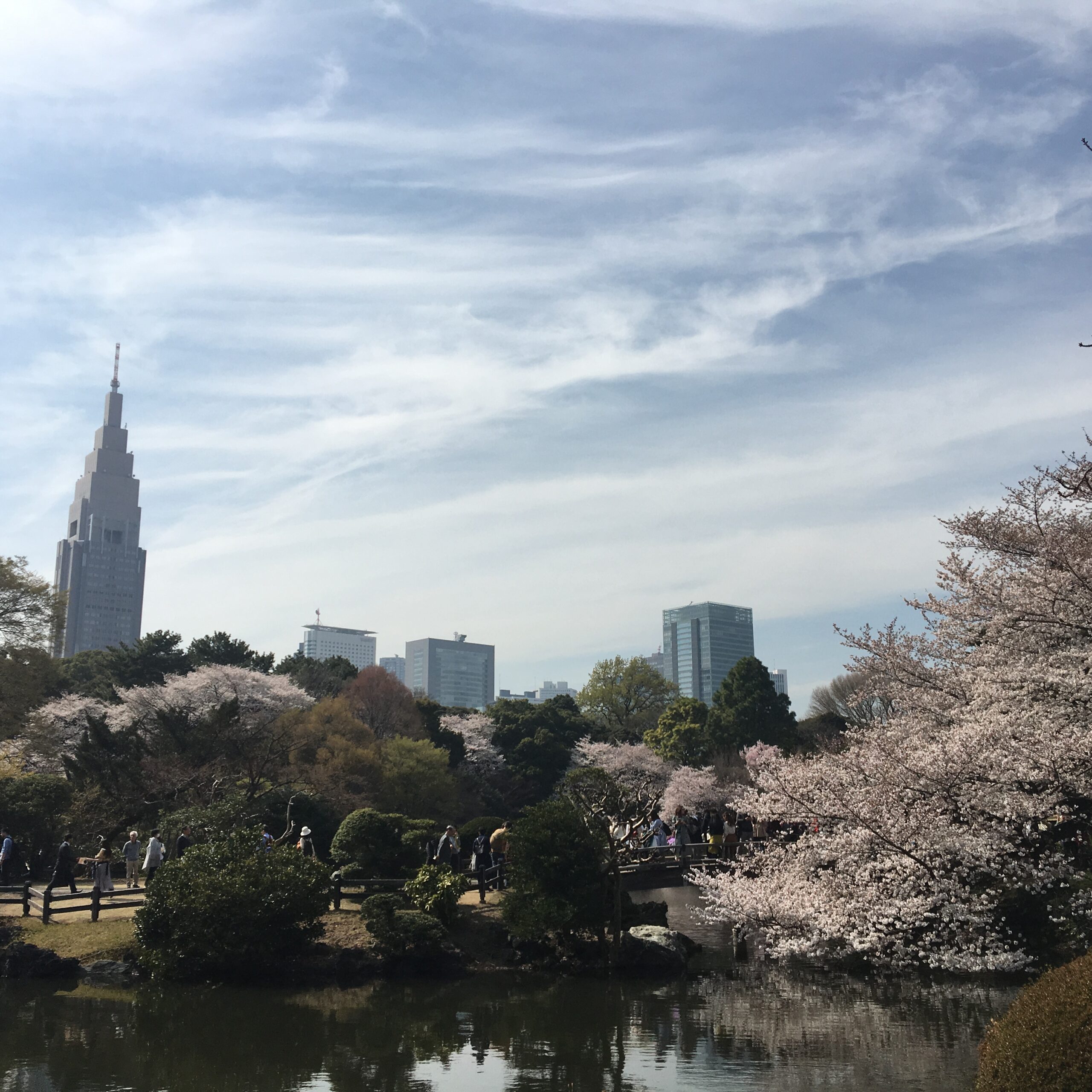 |
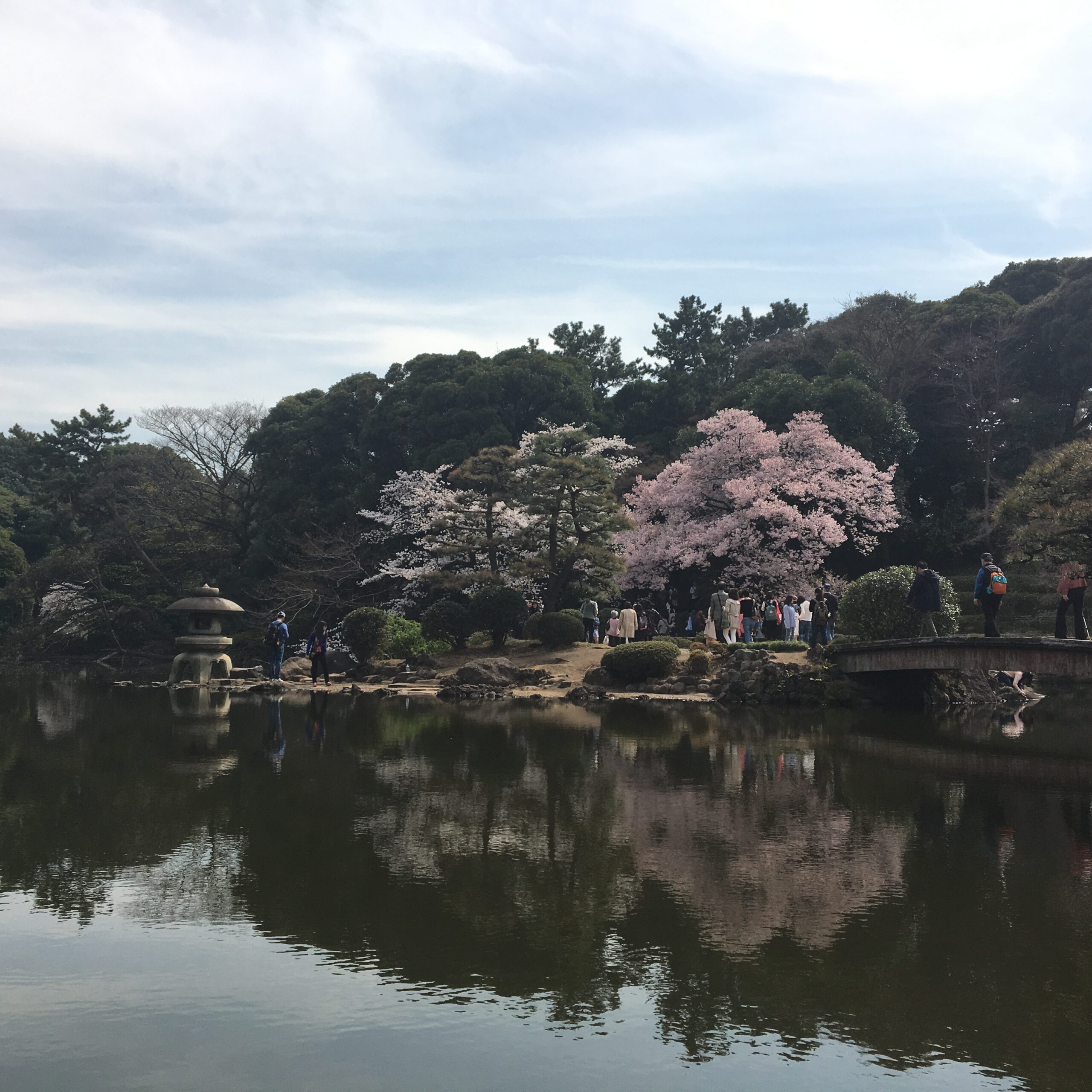 |
4. Imperial Palace East Gardens
Imperial Palace Gardens are open to public vast area belonging to the inner Imperial Palace. You can access the gardens by metro with Ōtemachi Station, Takebashi Station, or Nijūbashimae Station being the closest ones.
In the gardens you can find more sparsely arranged cherry trees. The park has plenty of elements of classic Japanese garden with enchanting water pond and small waterfalls. The gardens are less popular for picnics and are mostly chosen for a stroll among the cherry trees. You can book your visit to Imperial Palace to complete your Imperial Palace East Gardens experience, you can do it online in advance (click here to book your slot). I recommend writing your appointment in the calendar since (rather surprisingly) there is no reminder about your visit on email so it’s easy to forget about it and miss your guided tour.
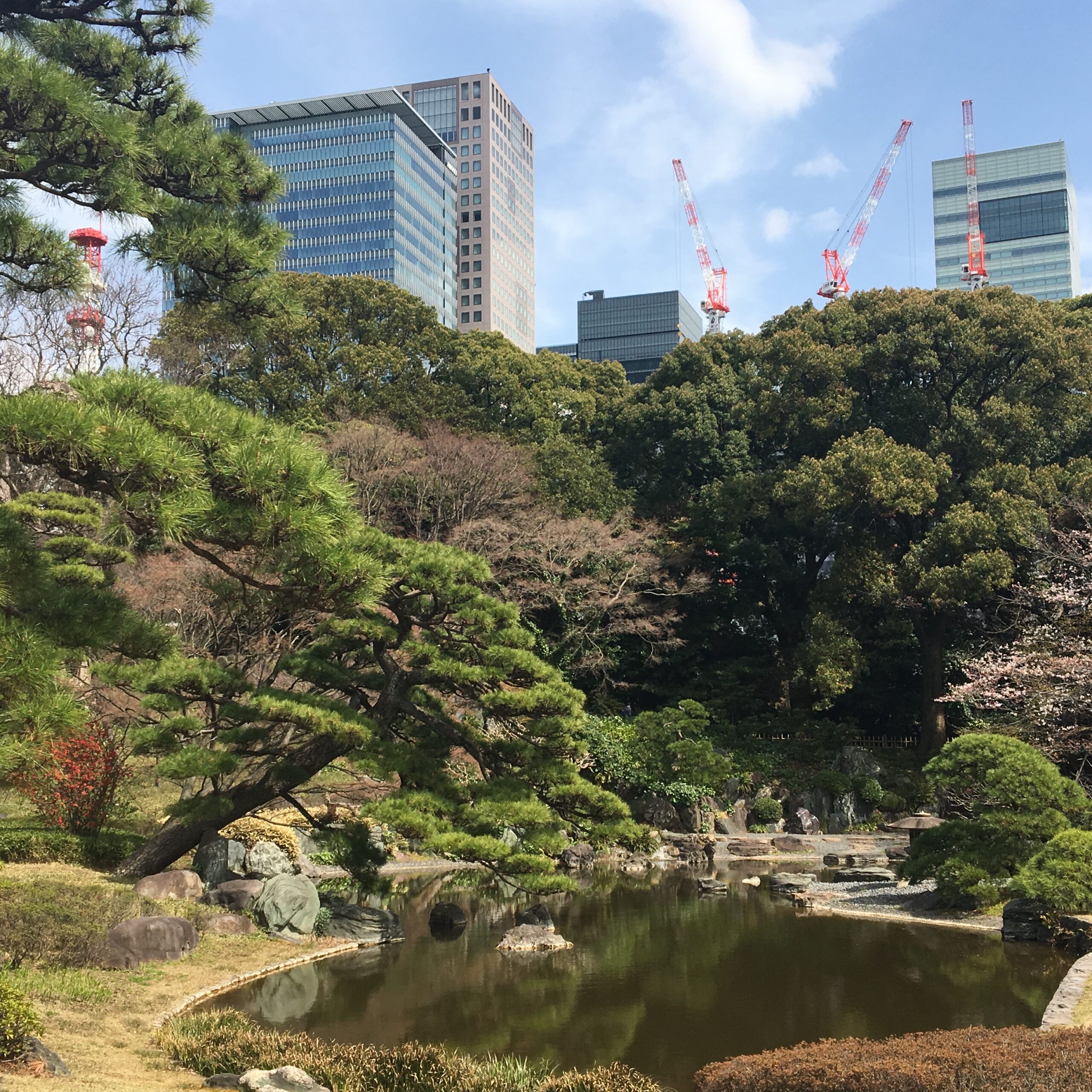 |
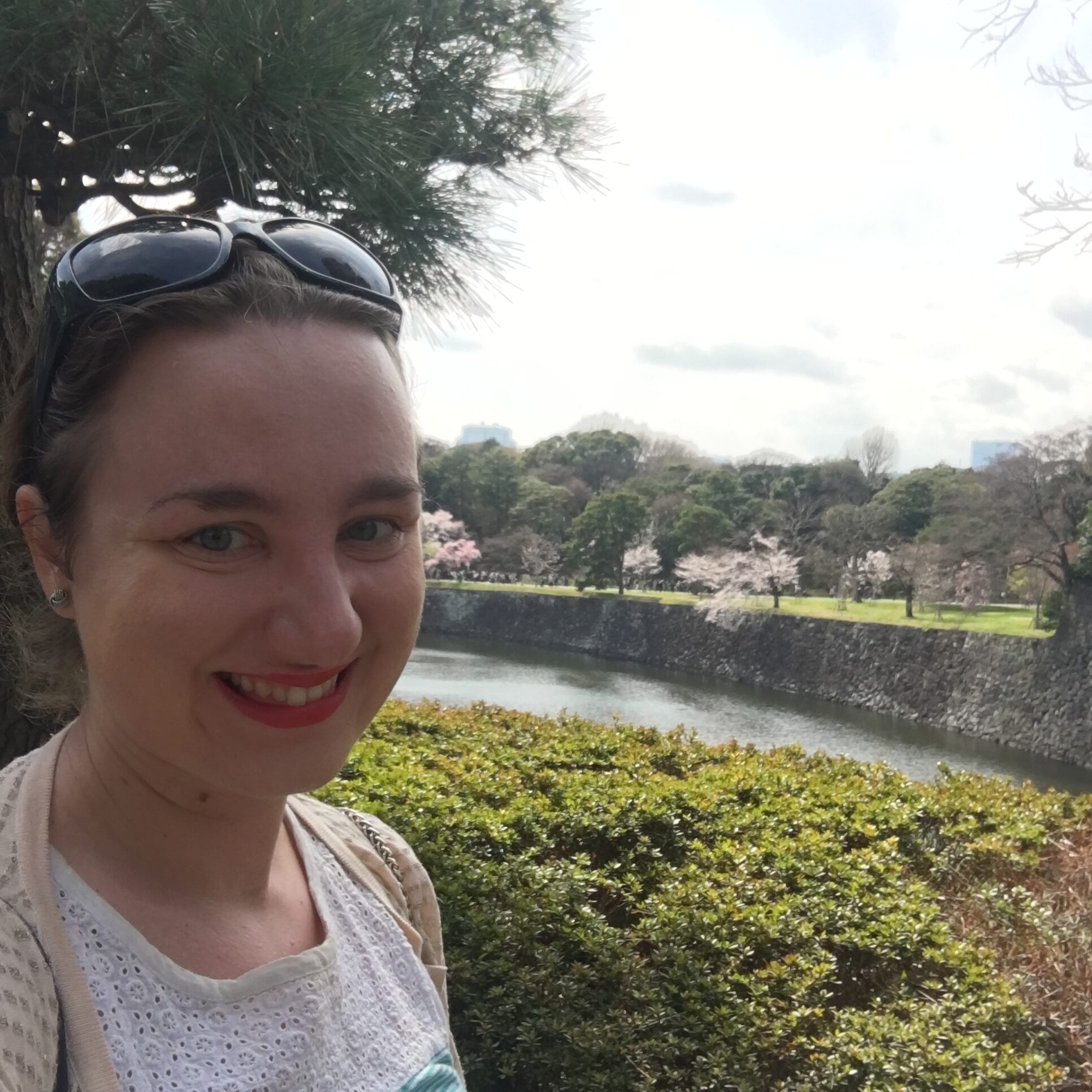 |
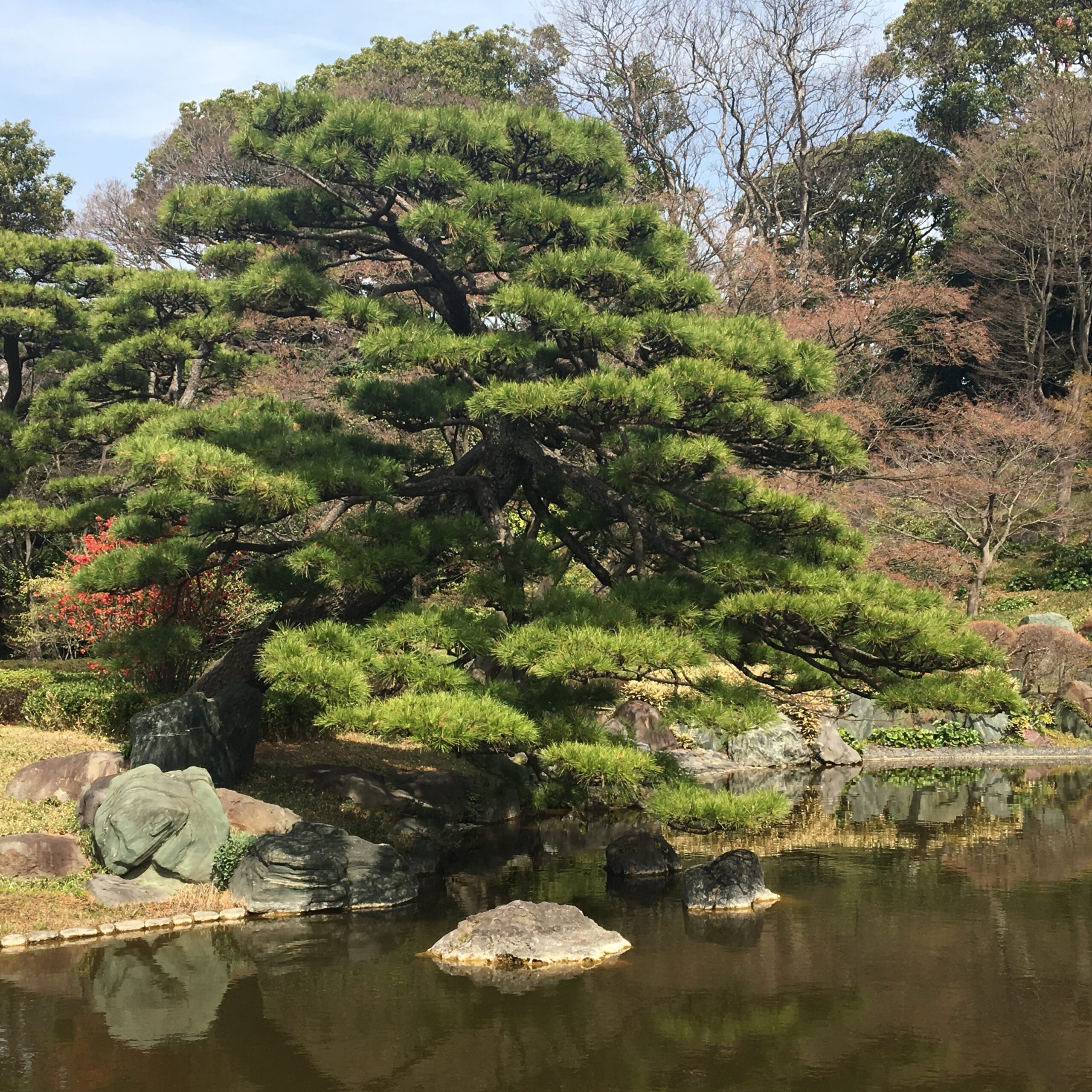 |
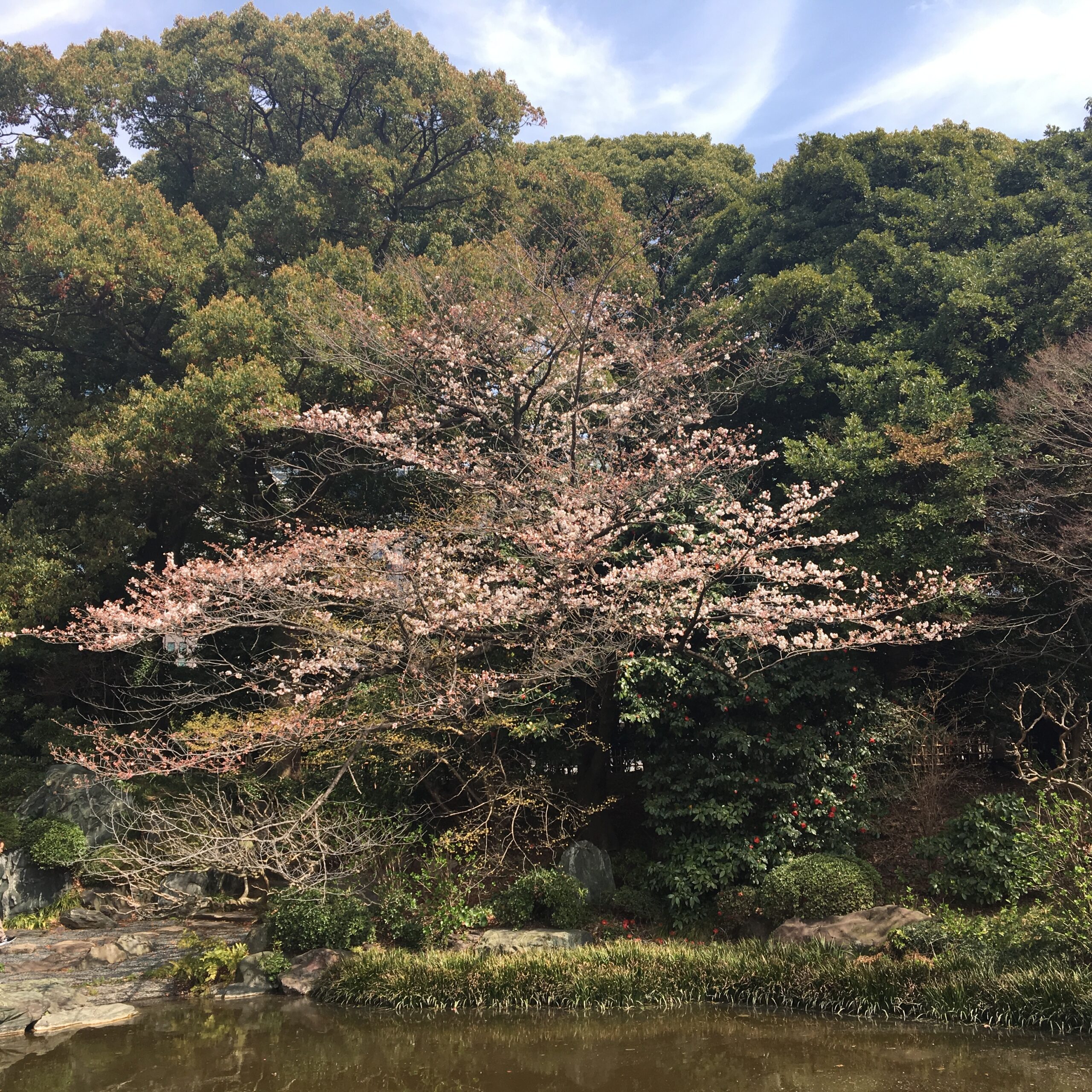 |
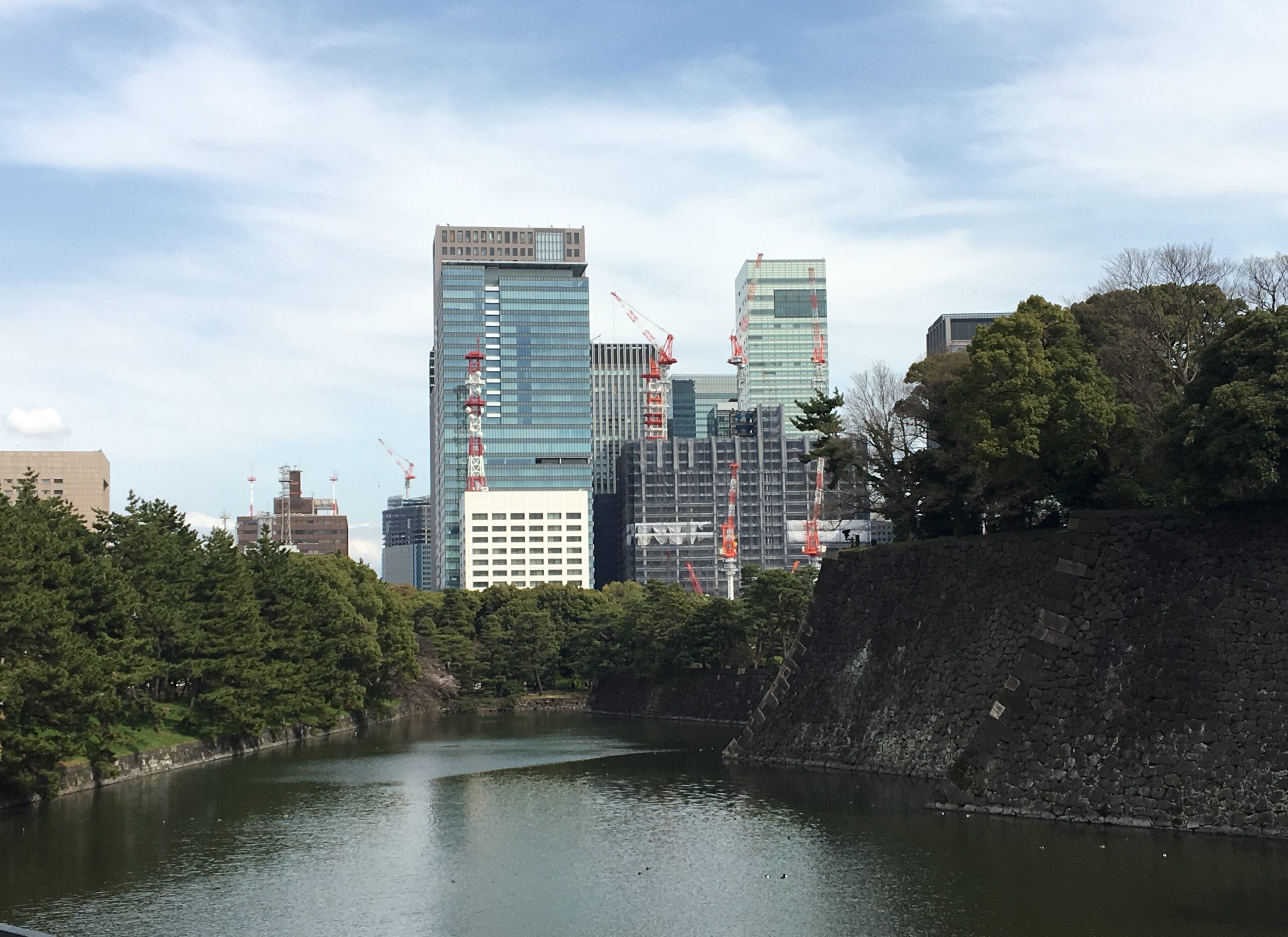 |
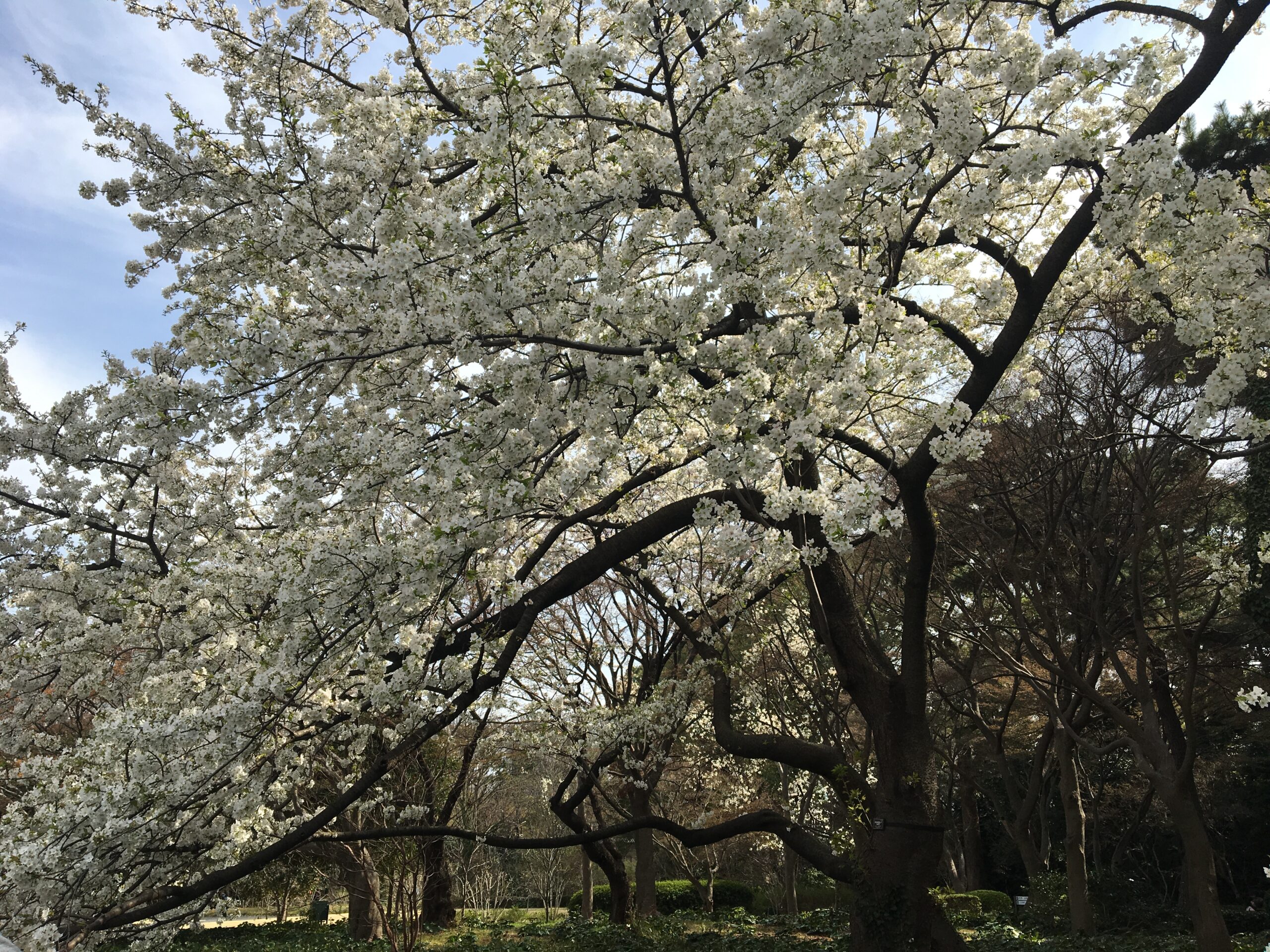 |
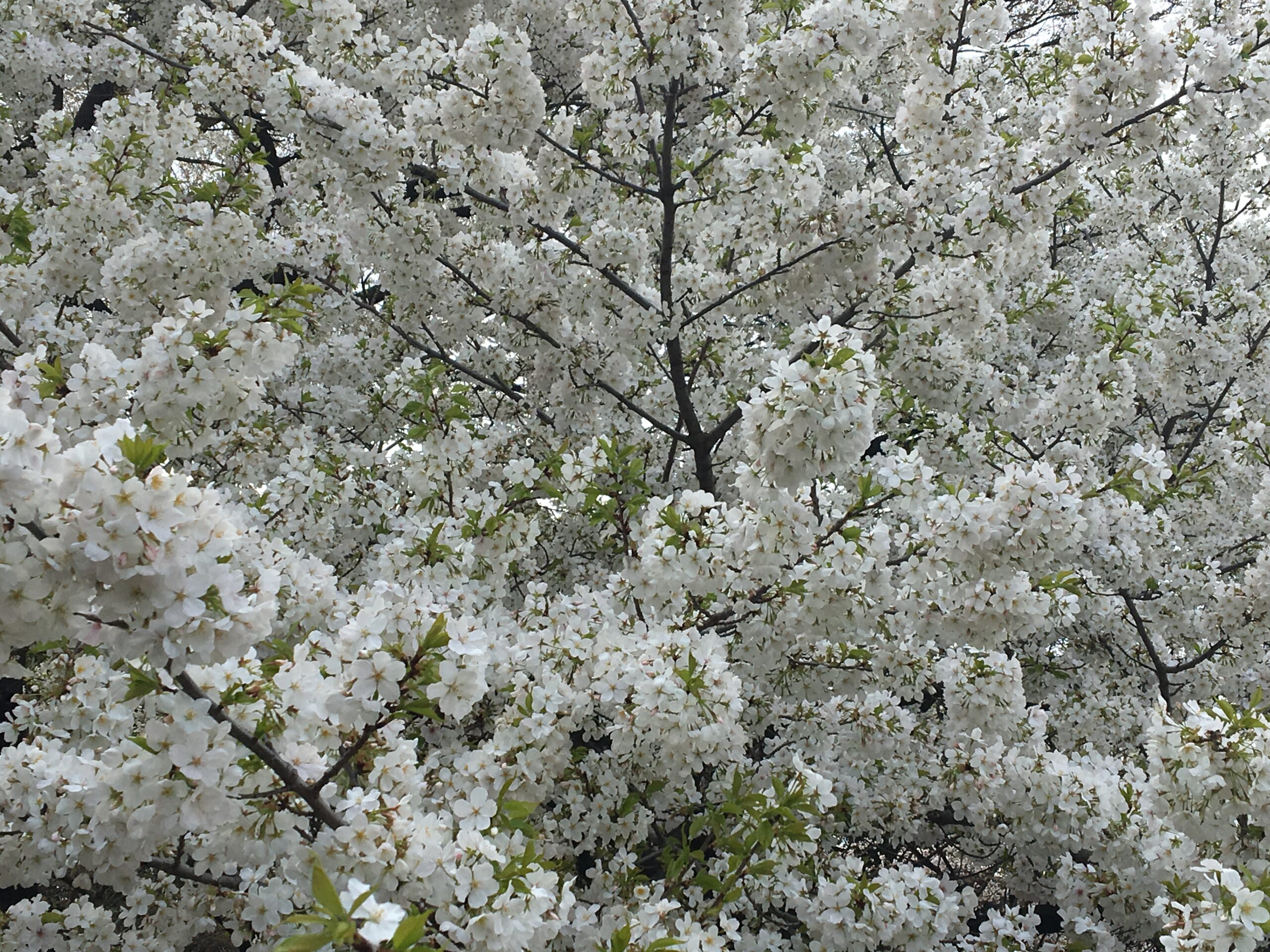 |
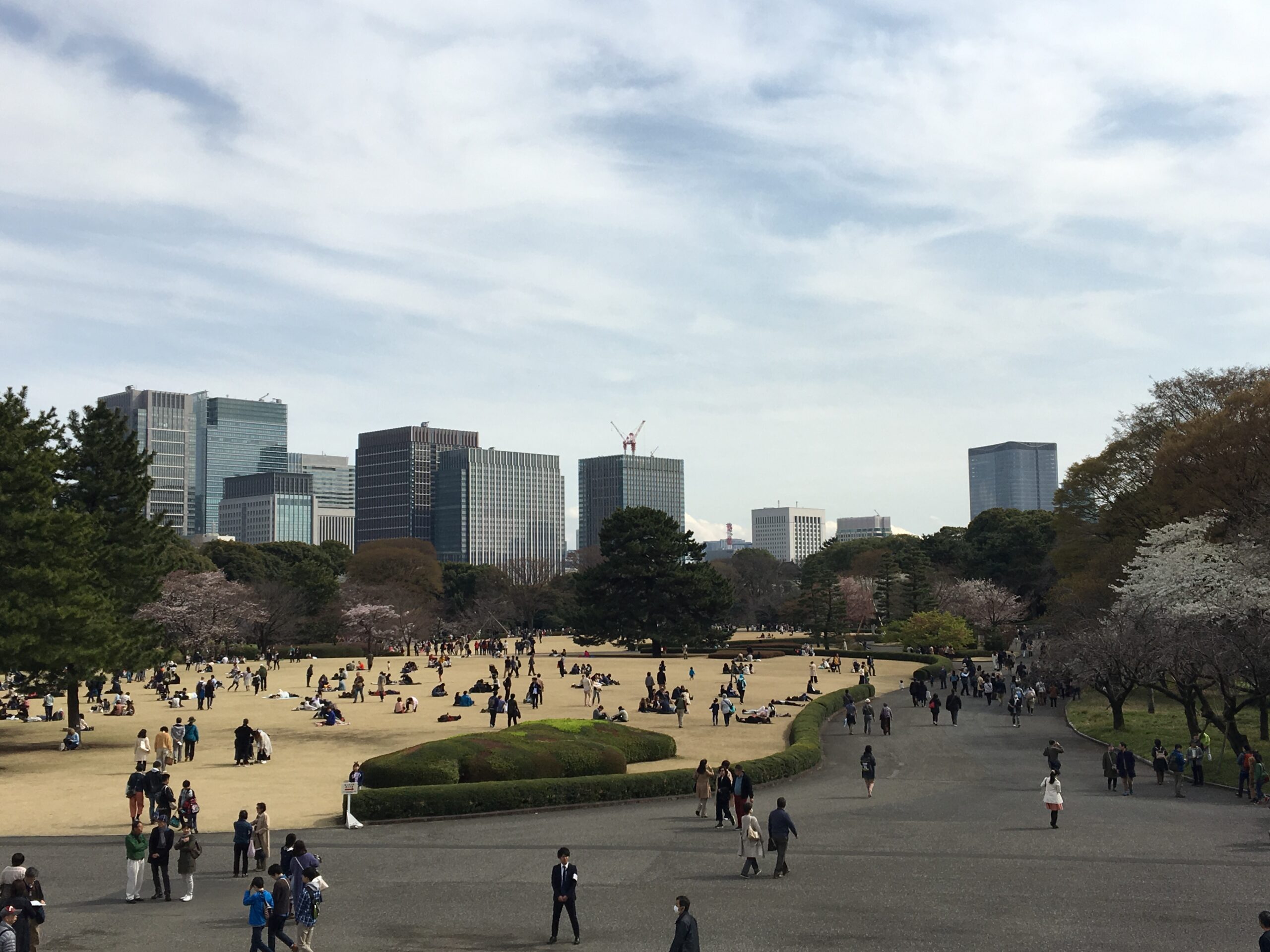 |
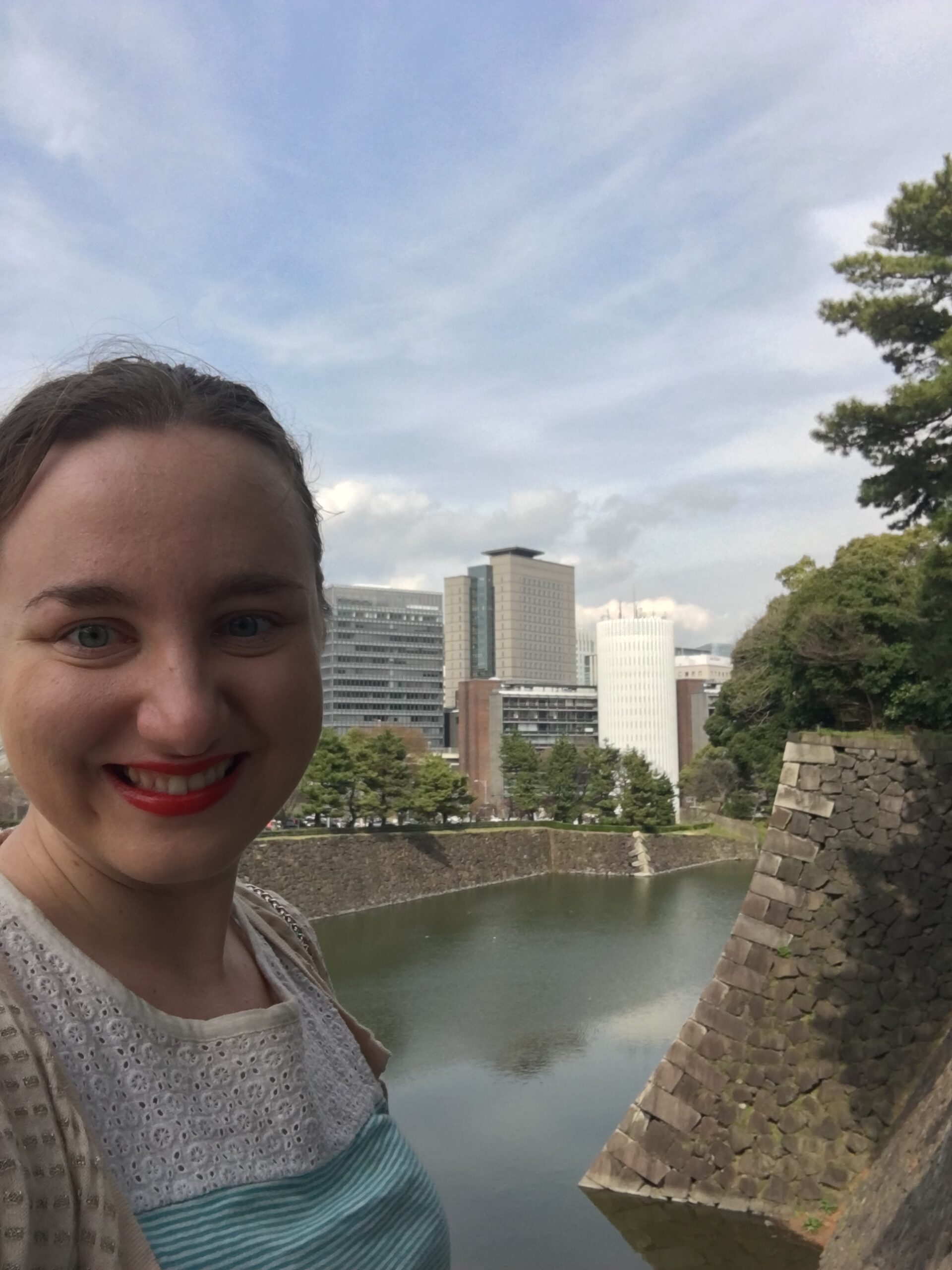 |
5. Yanaka Cemetery
Who would think that one of the best Sakura spots in Tokyo is in cemetery! Along the main path of the cemetery you will find lines of cherry trees and the road is even named Cherry Blossom Avenue. You can come here by metro, a convenient 10 minute walk brings you here from Nippori Station. The place is in fact well established spot among sakura admirers, you will see many photographers and tourists exploring the area. Yanaka Cemetery is a bit calmer spot and still is less crowded than the major public parks so it’s a good idea to come here for a more serene experience.
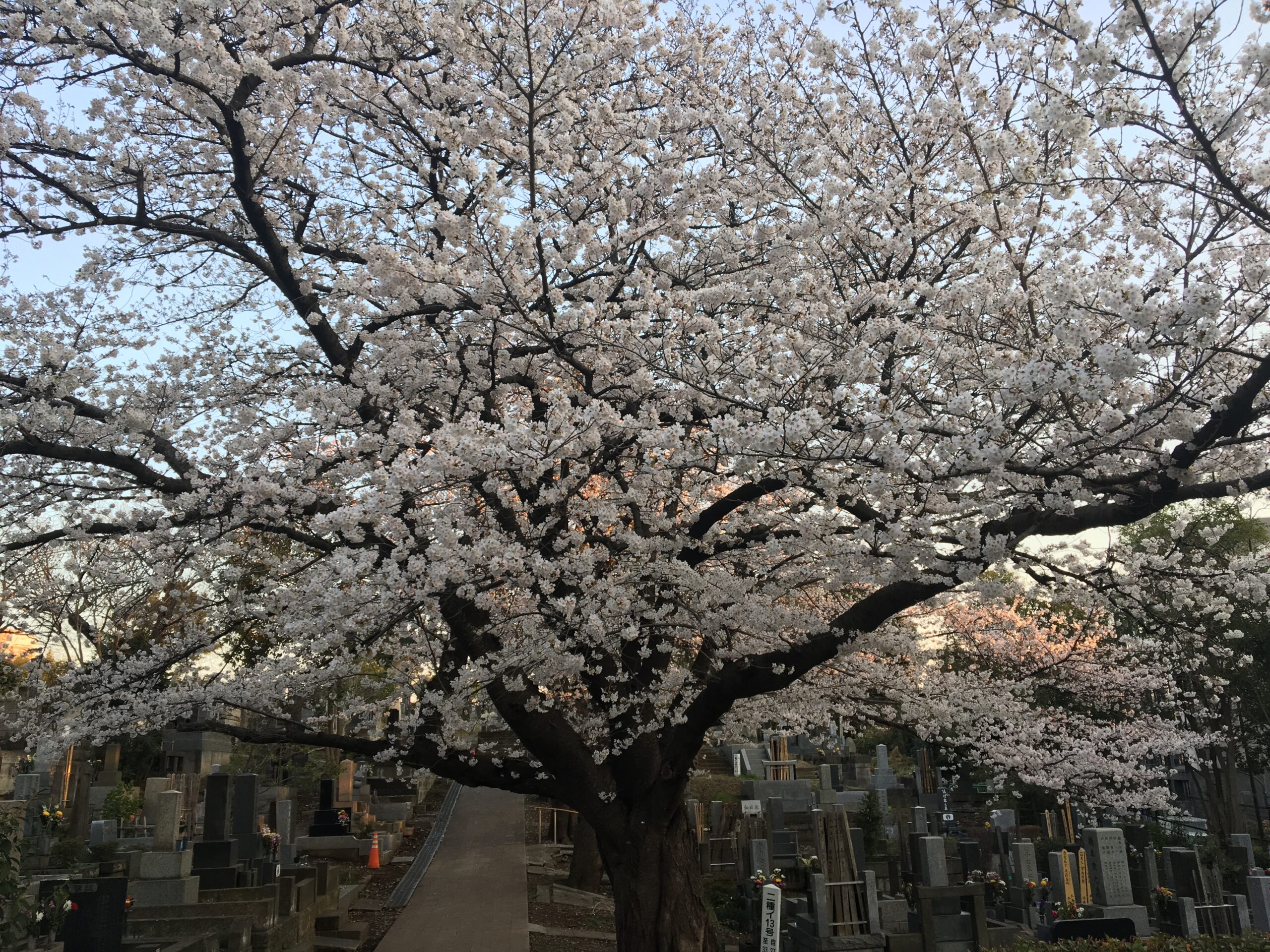 |
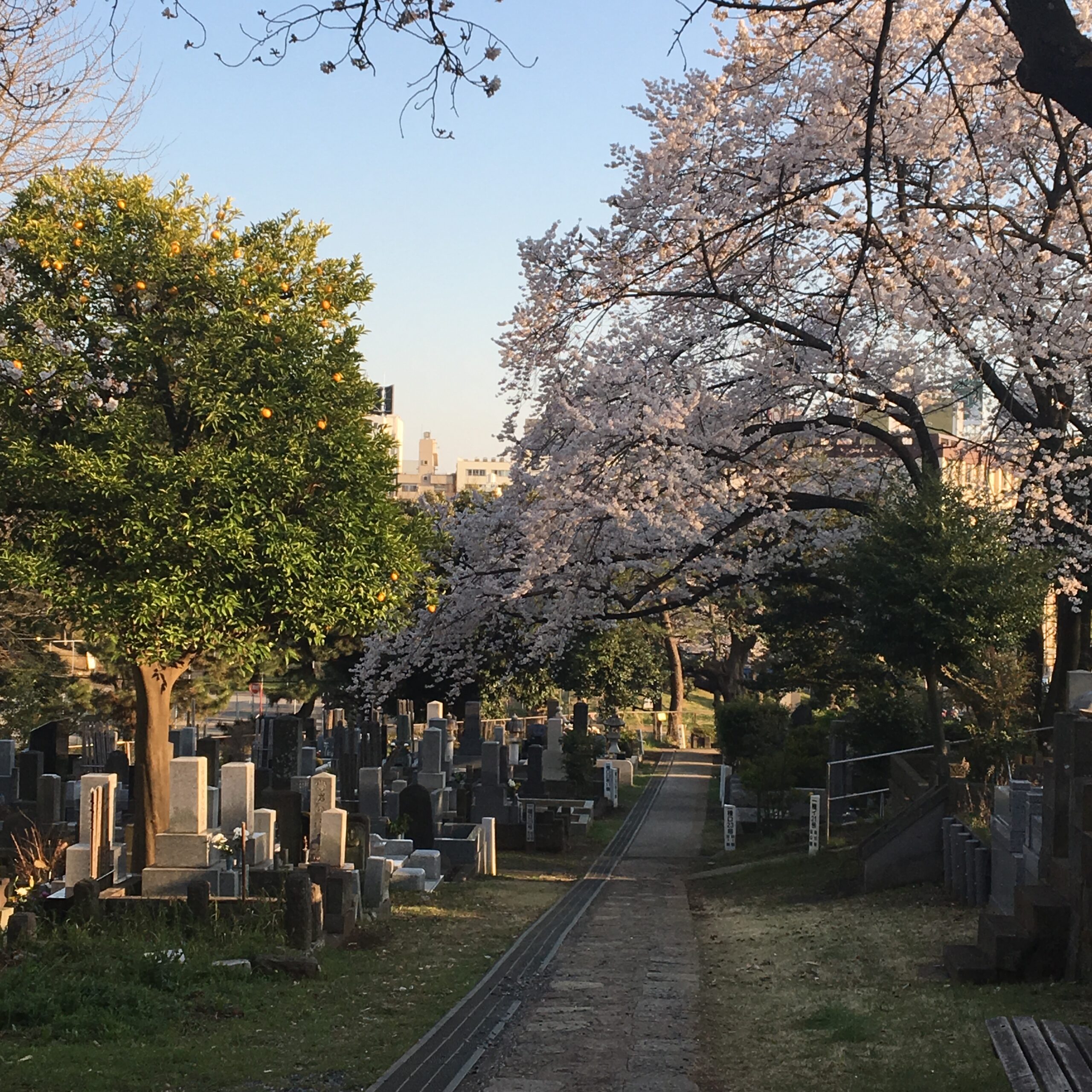 |
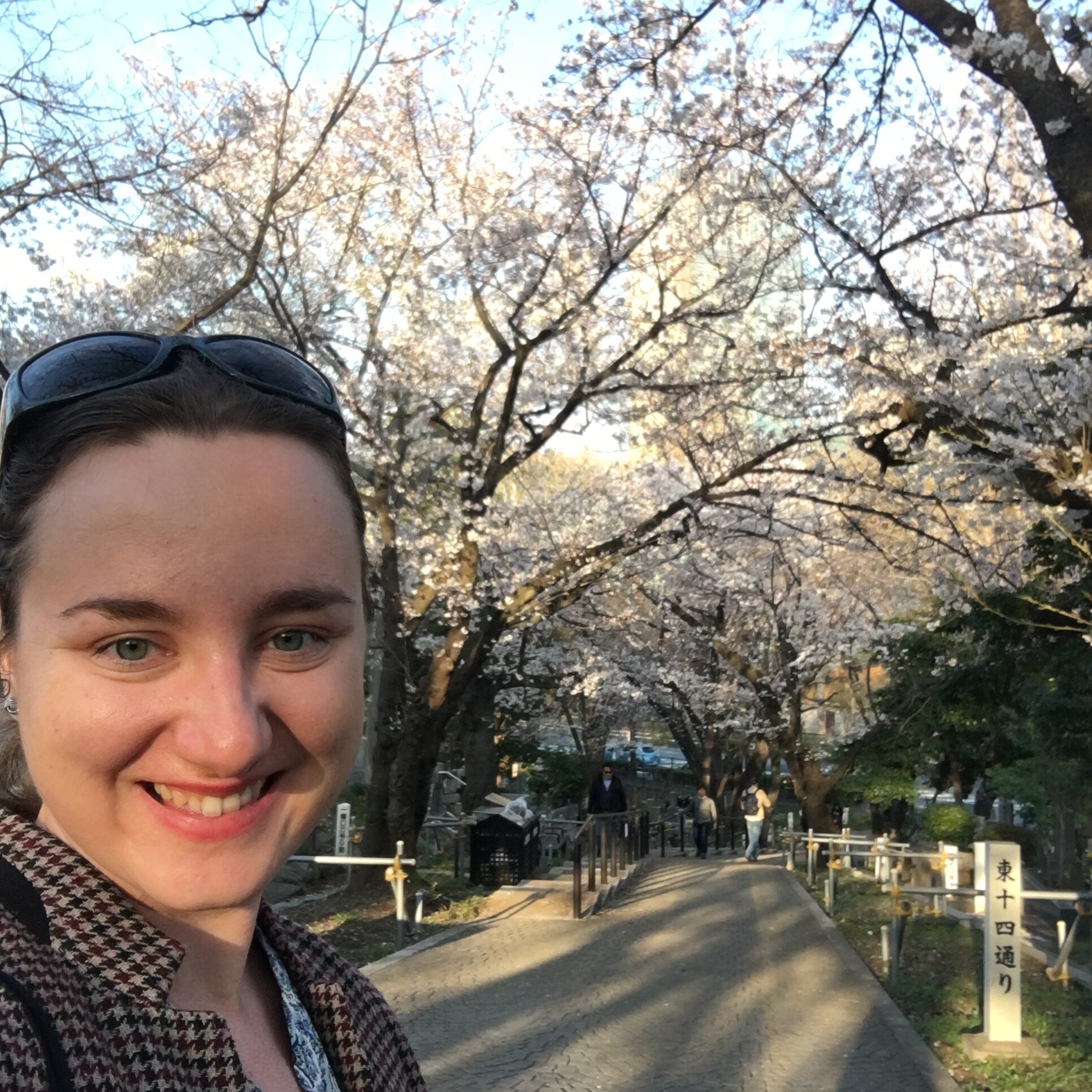 |
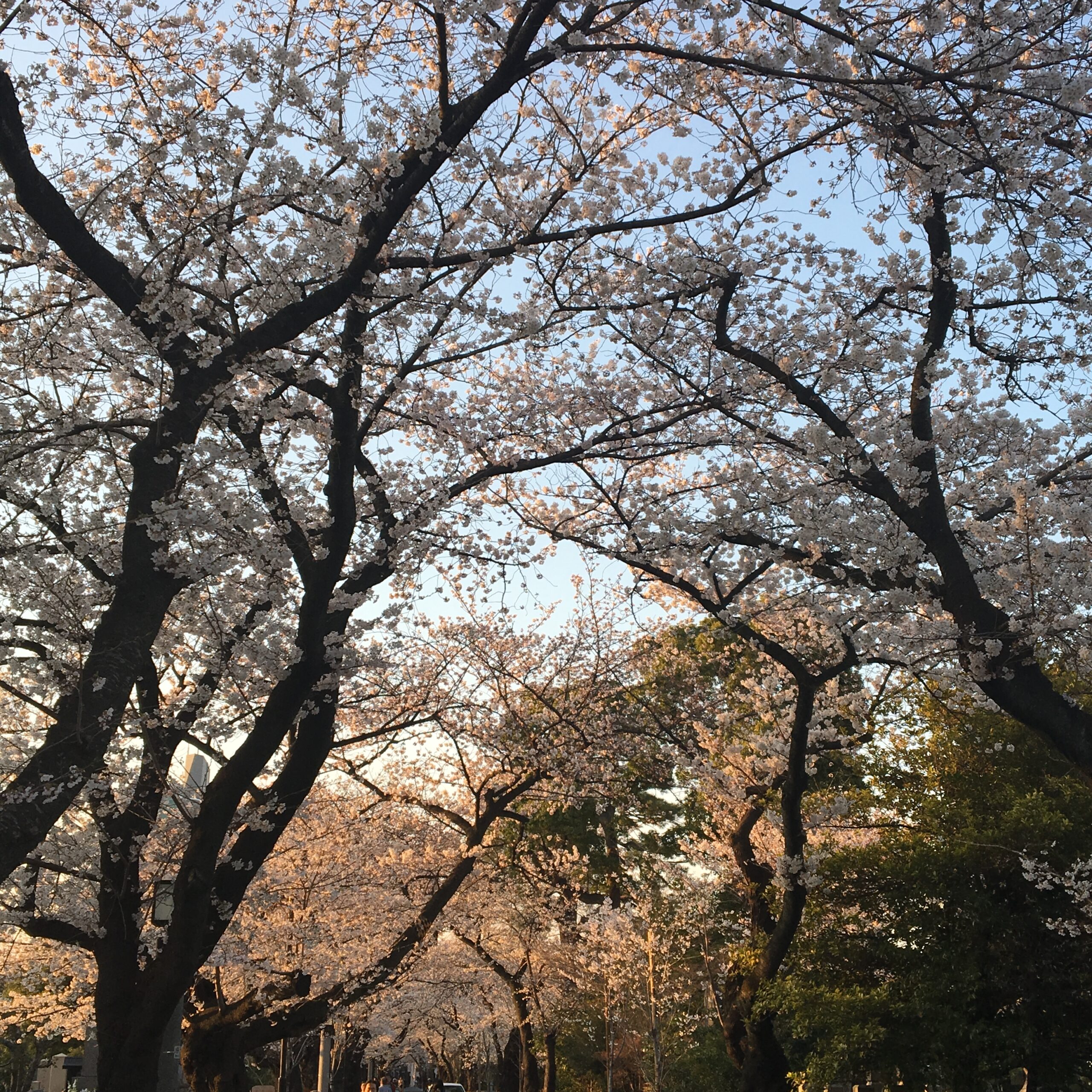 |
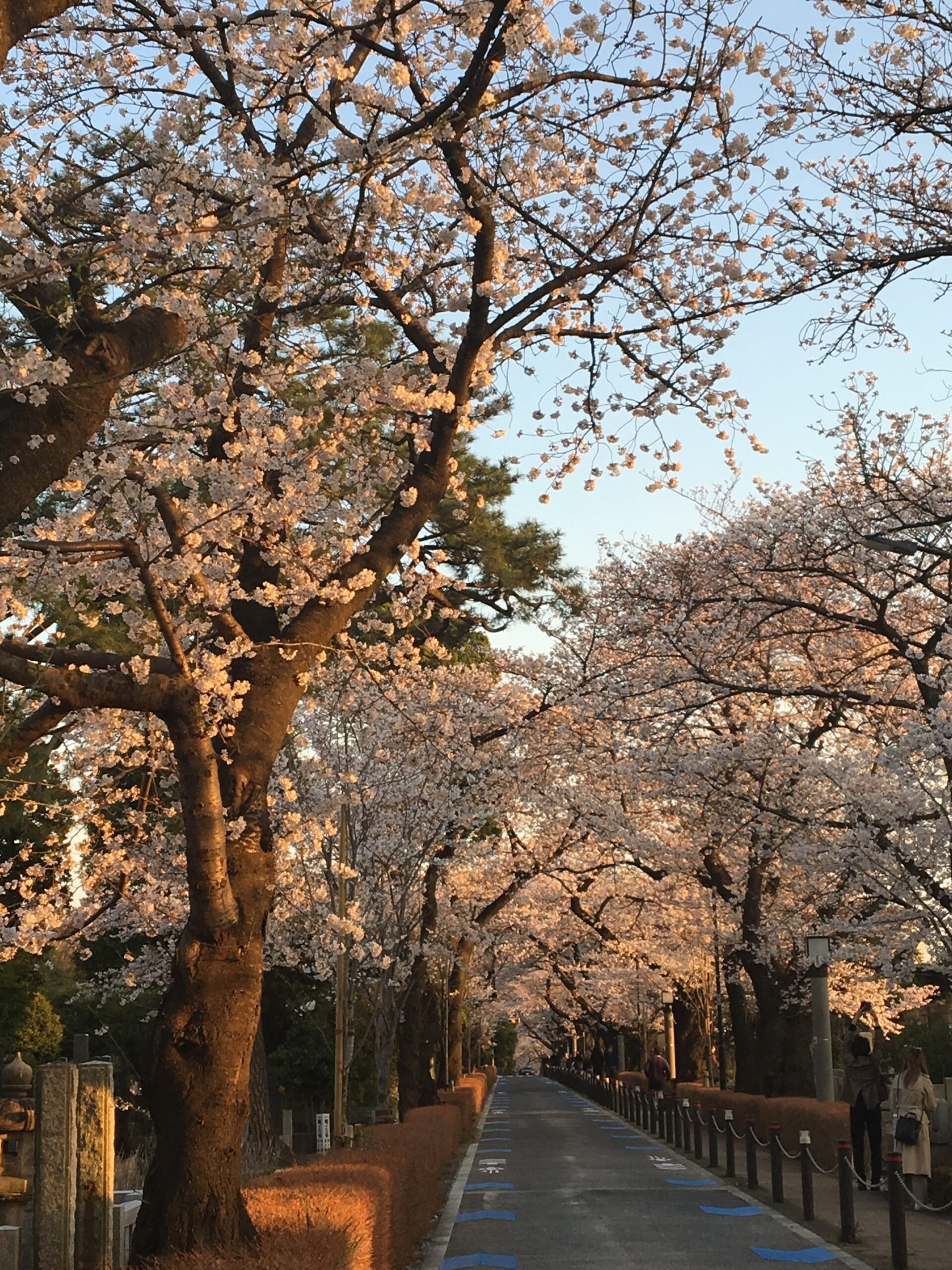 |
6. Chidorigafuchi and Kitanomaru Park
Another Sakura spot nearby Imperial Palace. This is a very scenic place, in the weekends you can see many Japanese couples to have a boat ride along Chidorigafuchi moat (you can rent it yourself!). You can also opt for a walk in Kitanomaru Park which is located on the banks of the river. The area can be accessed by metro, the closest station is Kudanshita Station. I recommend to include Imperial Palace East Gardens hanami during the same walk for a full experience.
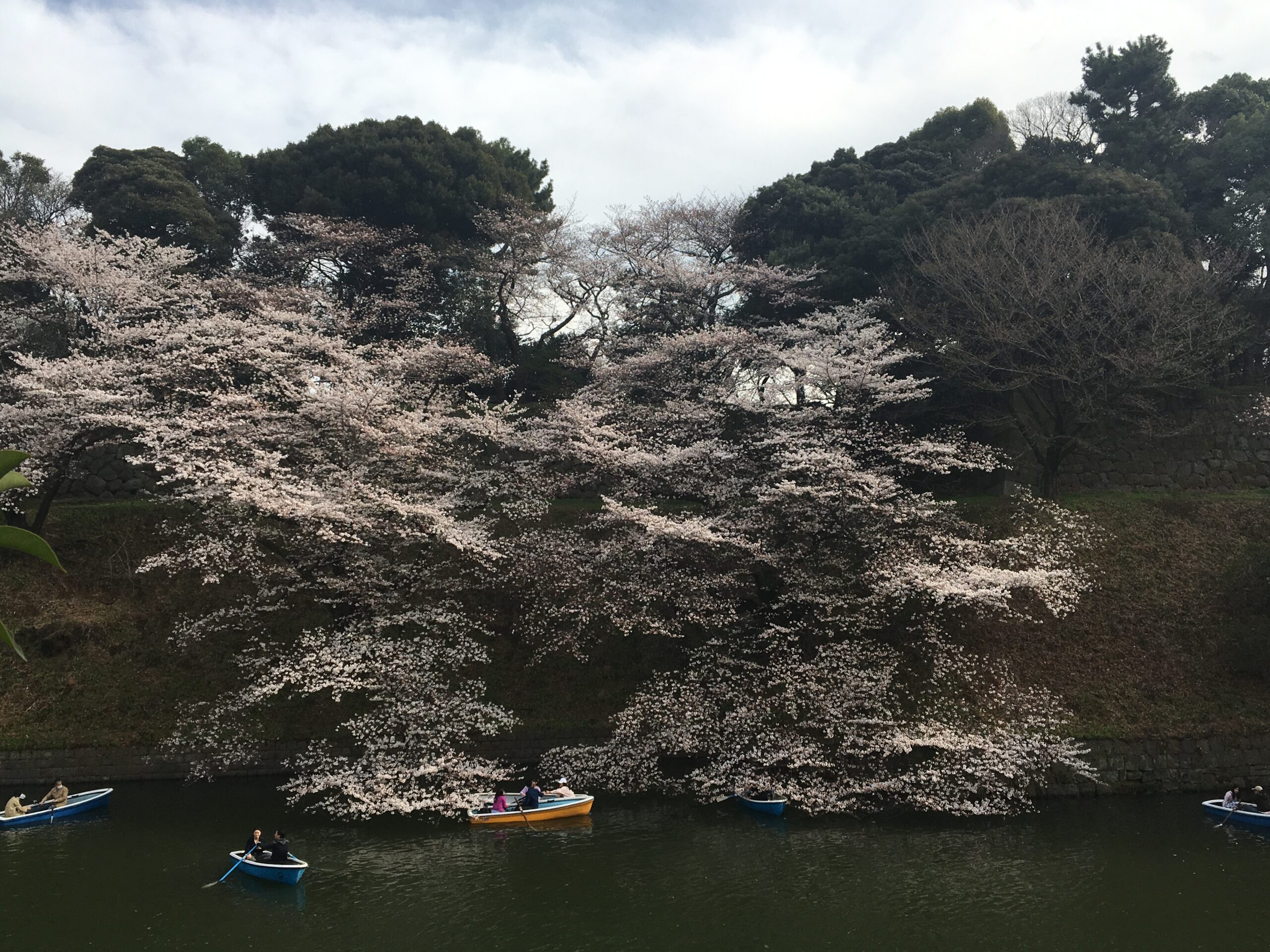 |
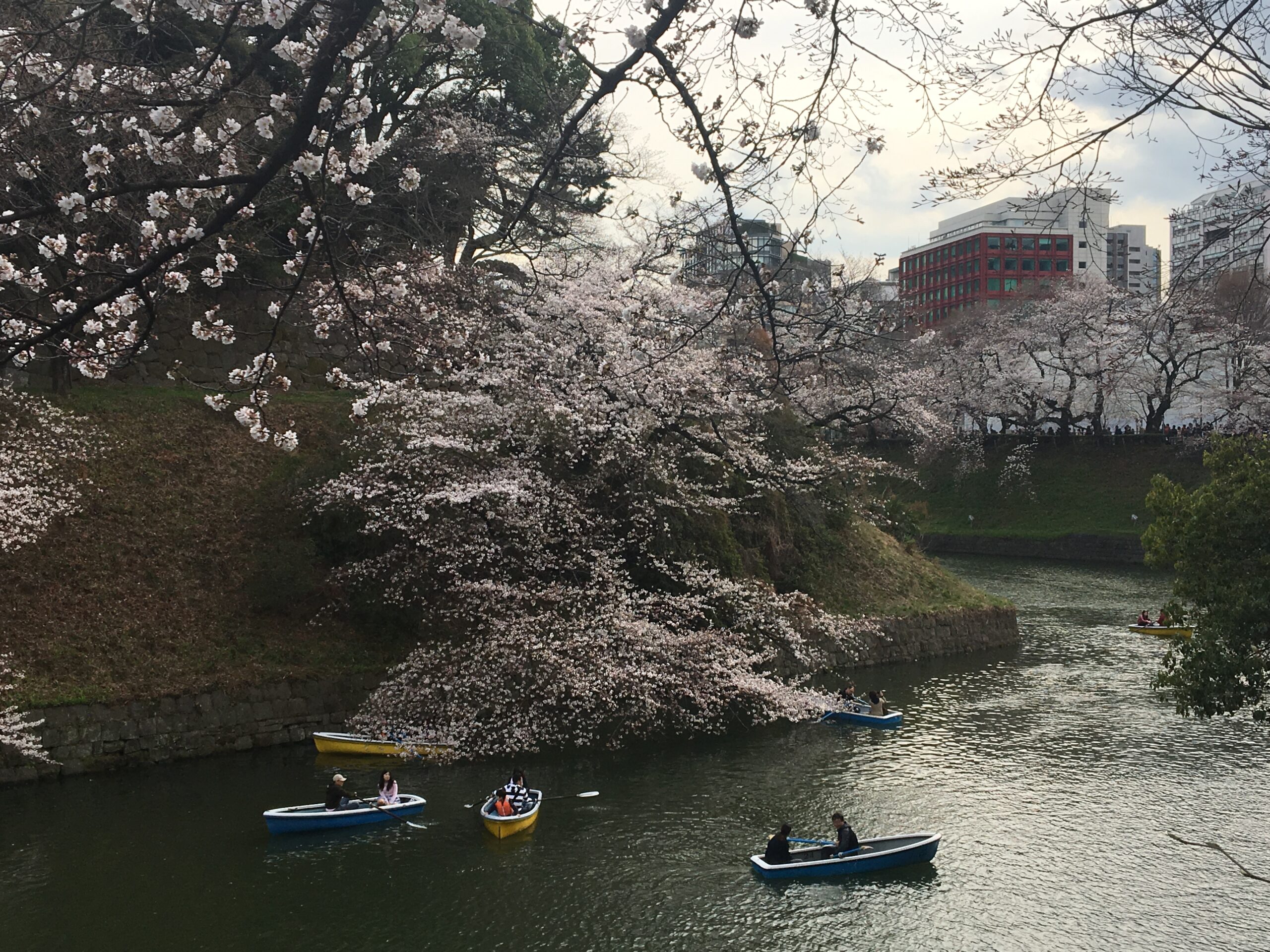 |
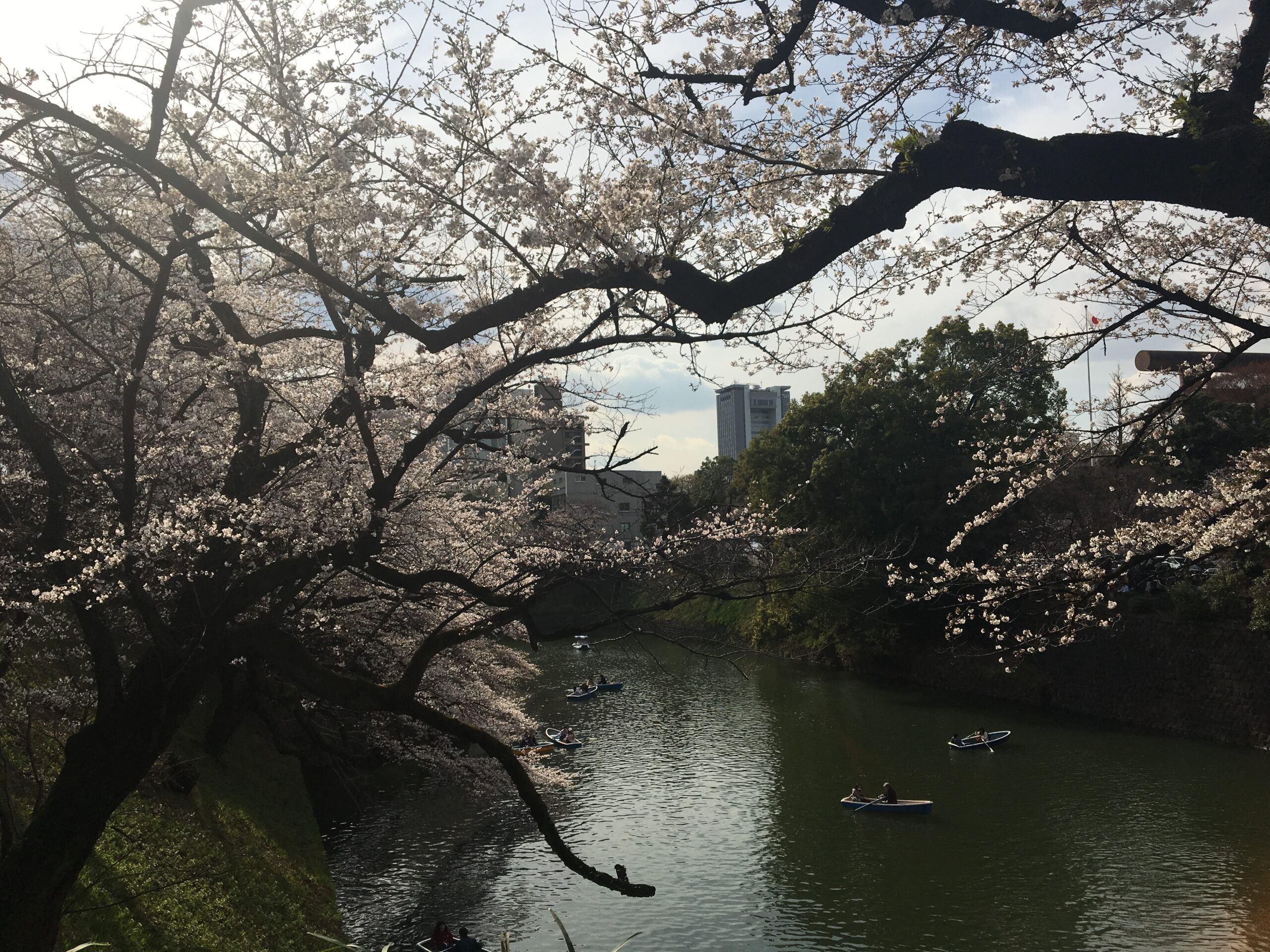 |
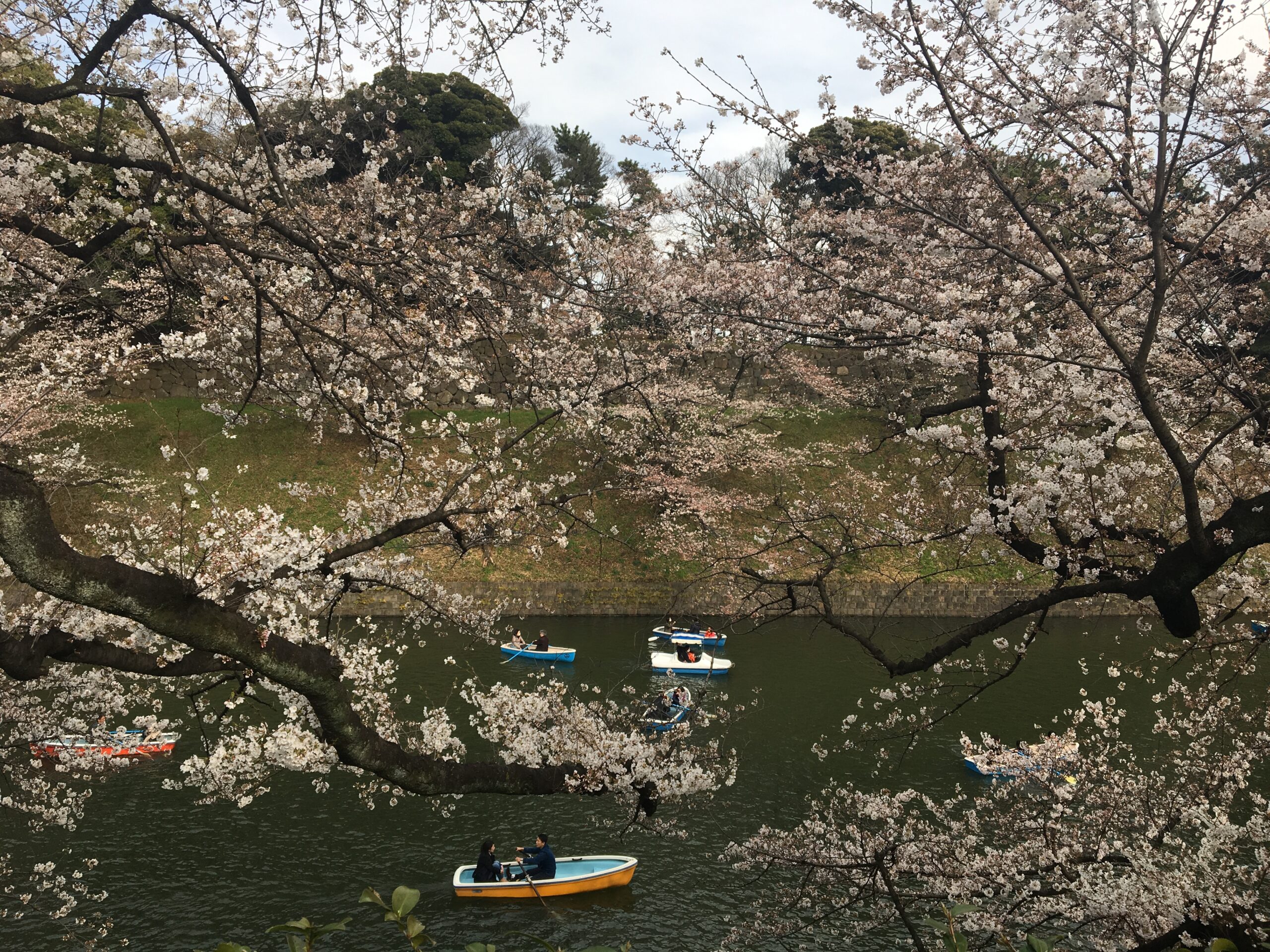 |
7. Rikugien Garden
This more than 3 centuries old Japanese garden is famous for sakura night illuminations. During cherry blossom the garden is open until 9pm. You can access it from Komagome Station. The design of the garden is typical for Edo period, with many pretty viewpoints, pond and even a teahouse. Interestingly, Rikugi-en means “Garden of the Six Principles” which refers to the six elements of traditional Japanese poetry. Thus, the layout and the spirit of the Rikugien garden can be associated with scenes from famous waka poems.
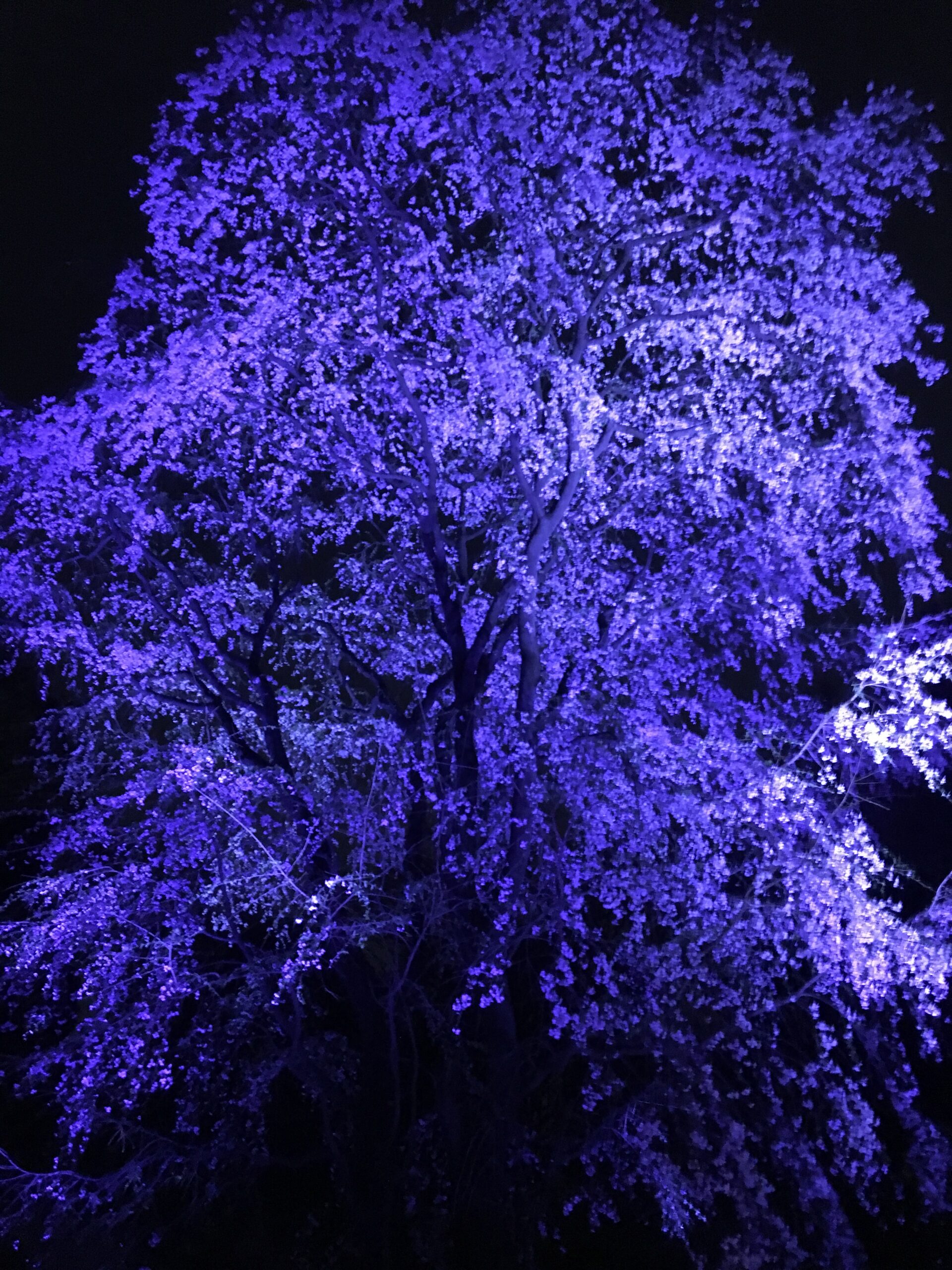 |
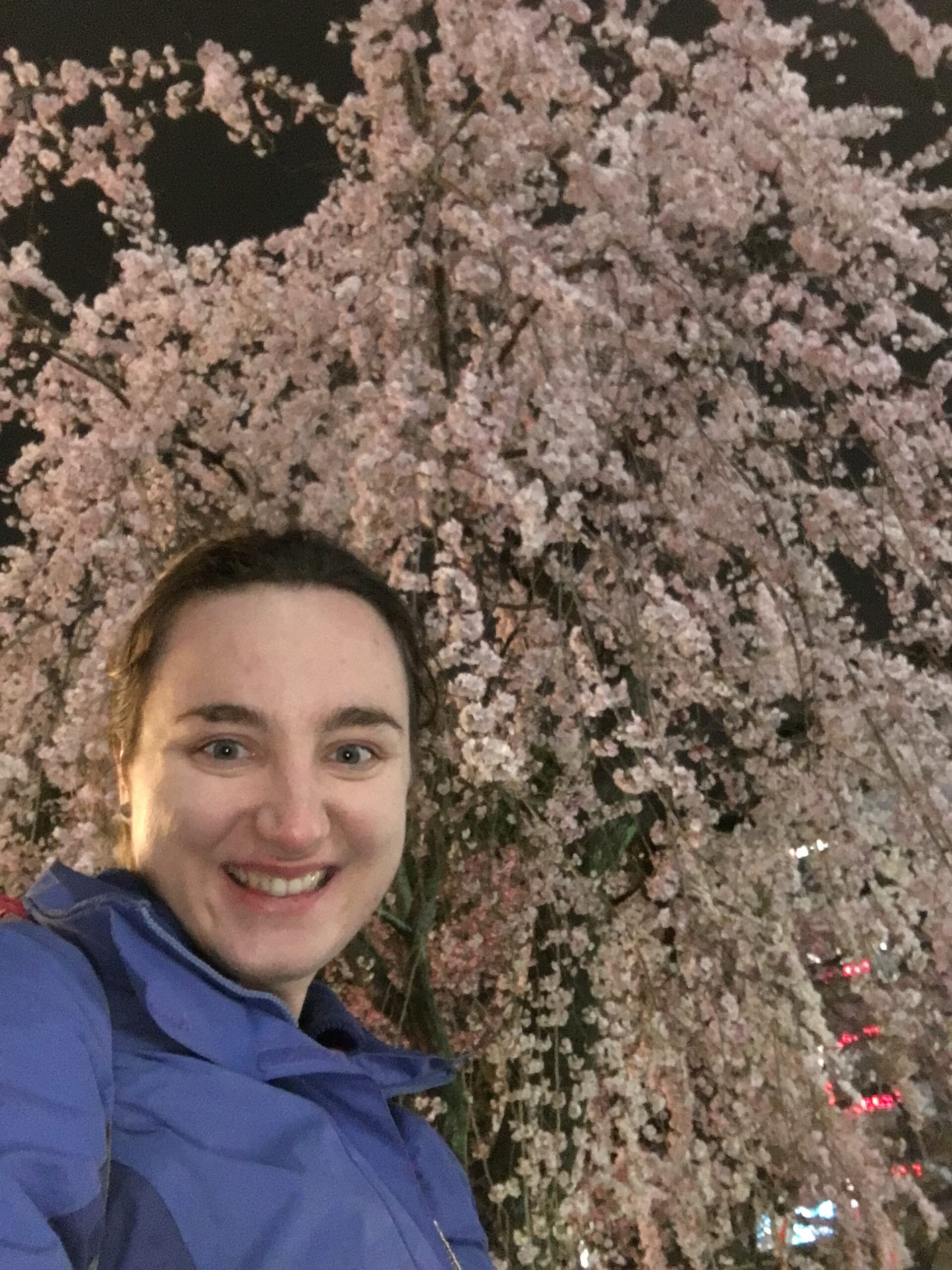 |
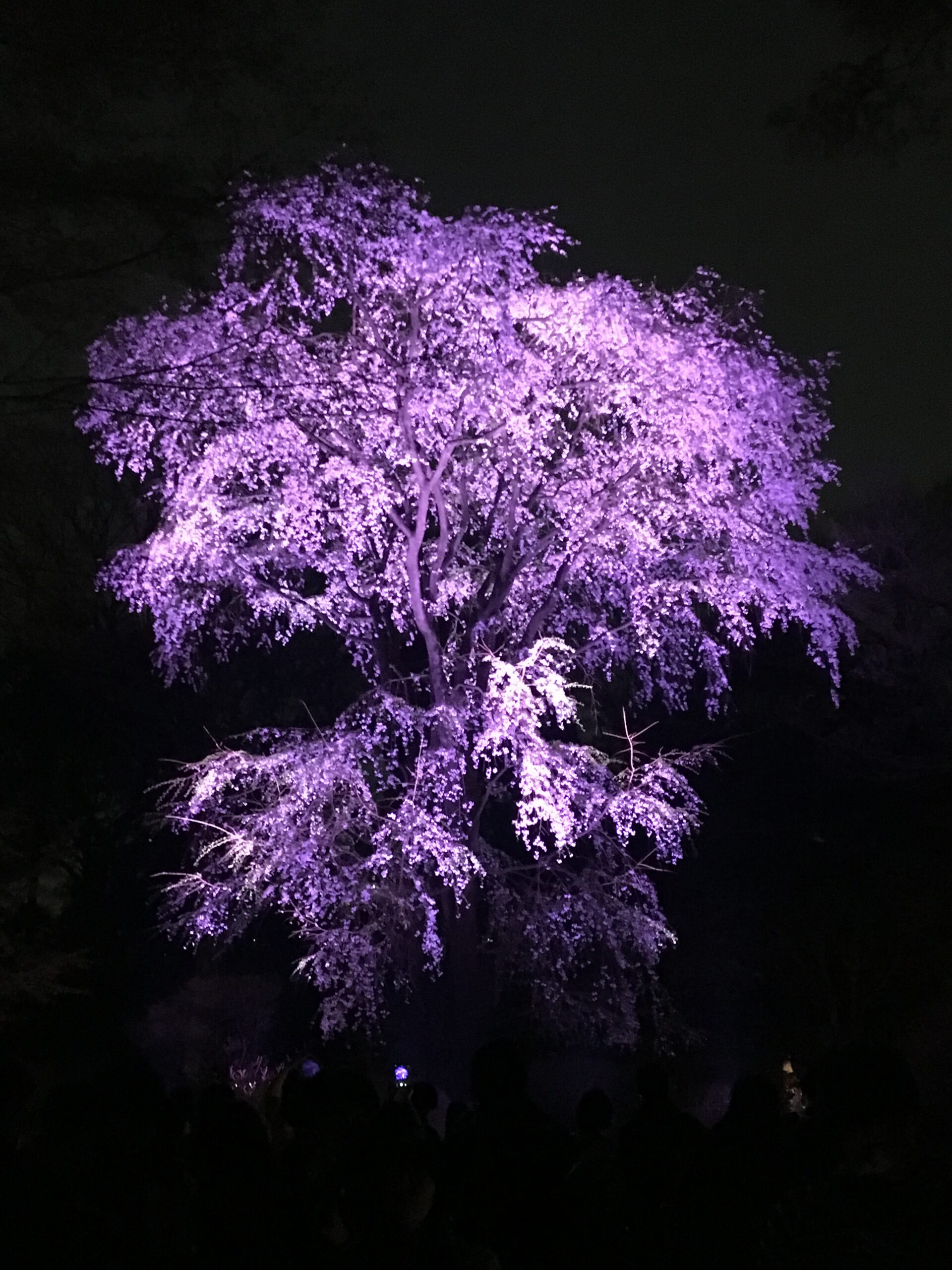 |
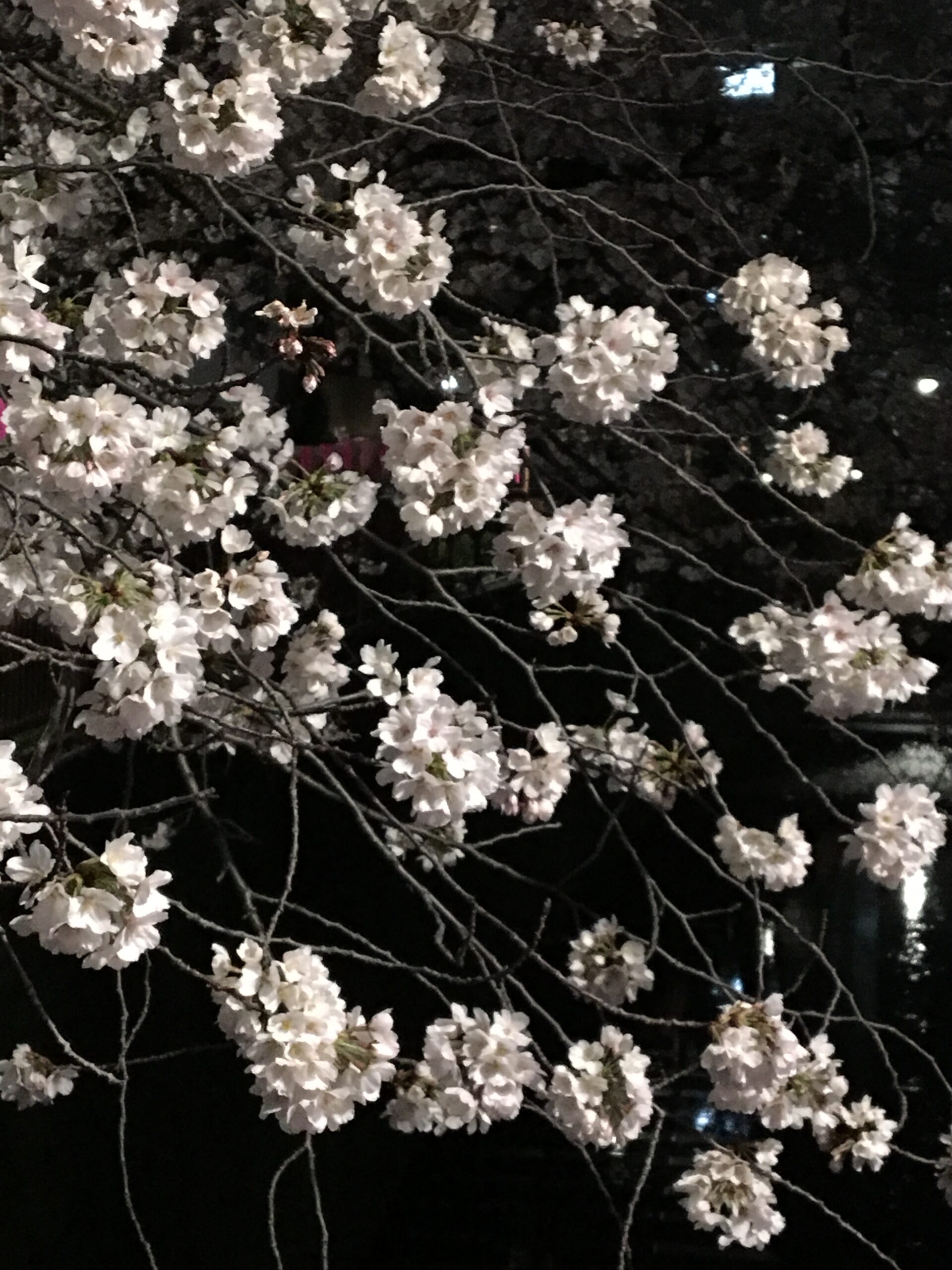 |
8. Sumida Park
Last but not least, I recommend having a walk in Sumida Park to enjoy the cherry blossoms. The area is extremely popular (like Ueno) among locals to organize picnics under the blooming trees so this is a perfect occasion to observe how Japanese people celebrate this time. The river bank is lined with more than 1000 cherry trees which forms an impressive landscape, you can also spot famous Tokyo Skytree from here (you can also walk to it from the park). If you fancy, you can get on one of the yakatabune (traditional pleasure boats) that ply the Sumida. The park is very conveniently located, just 5-minute walk from Asakusa Station where famous Sensō-ji ancient Buddhist temple is situated so you can also walk there to explore this historical religious complex (and even find few blooming sakuras there 🙂 )
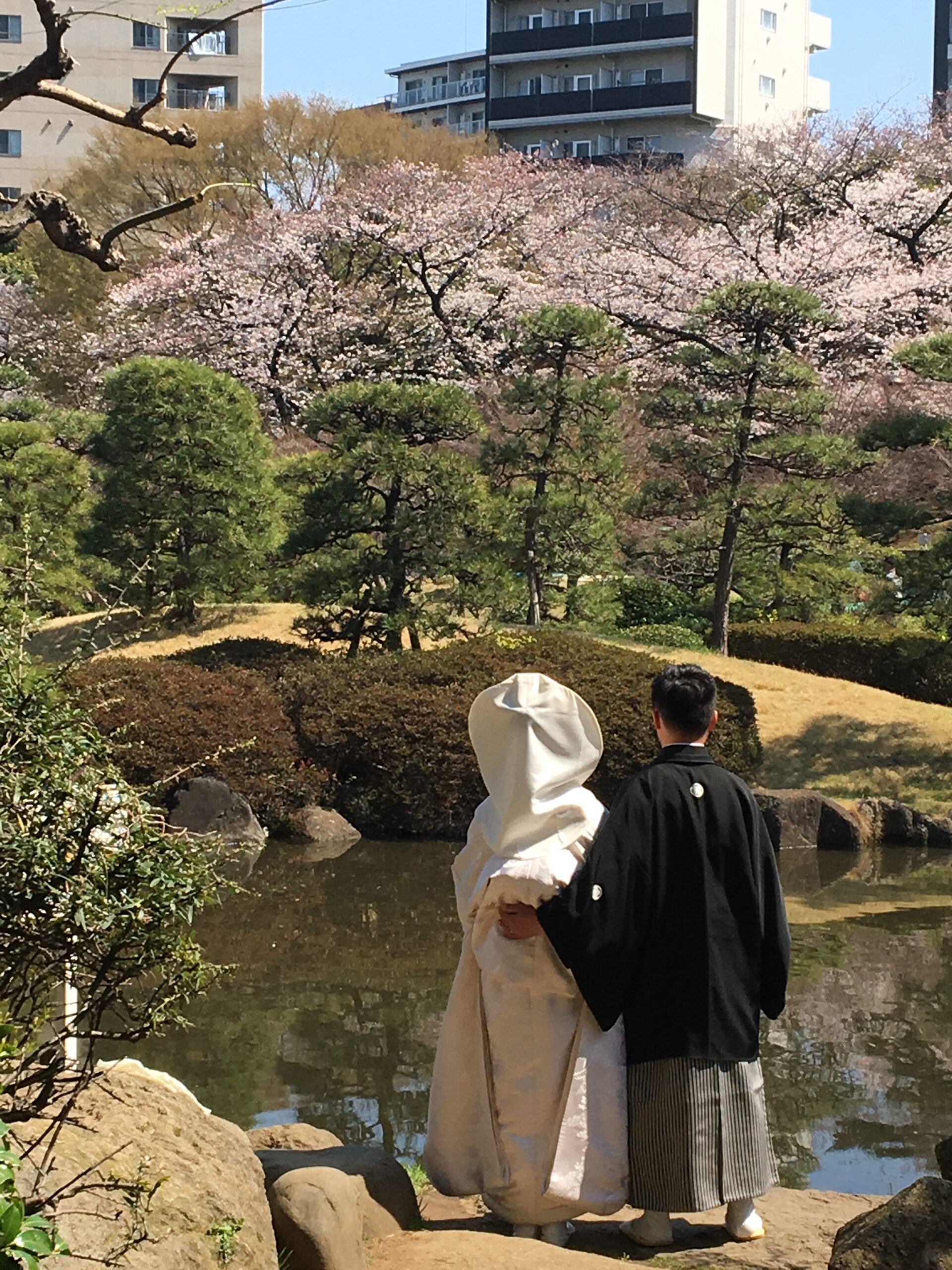 |
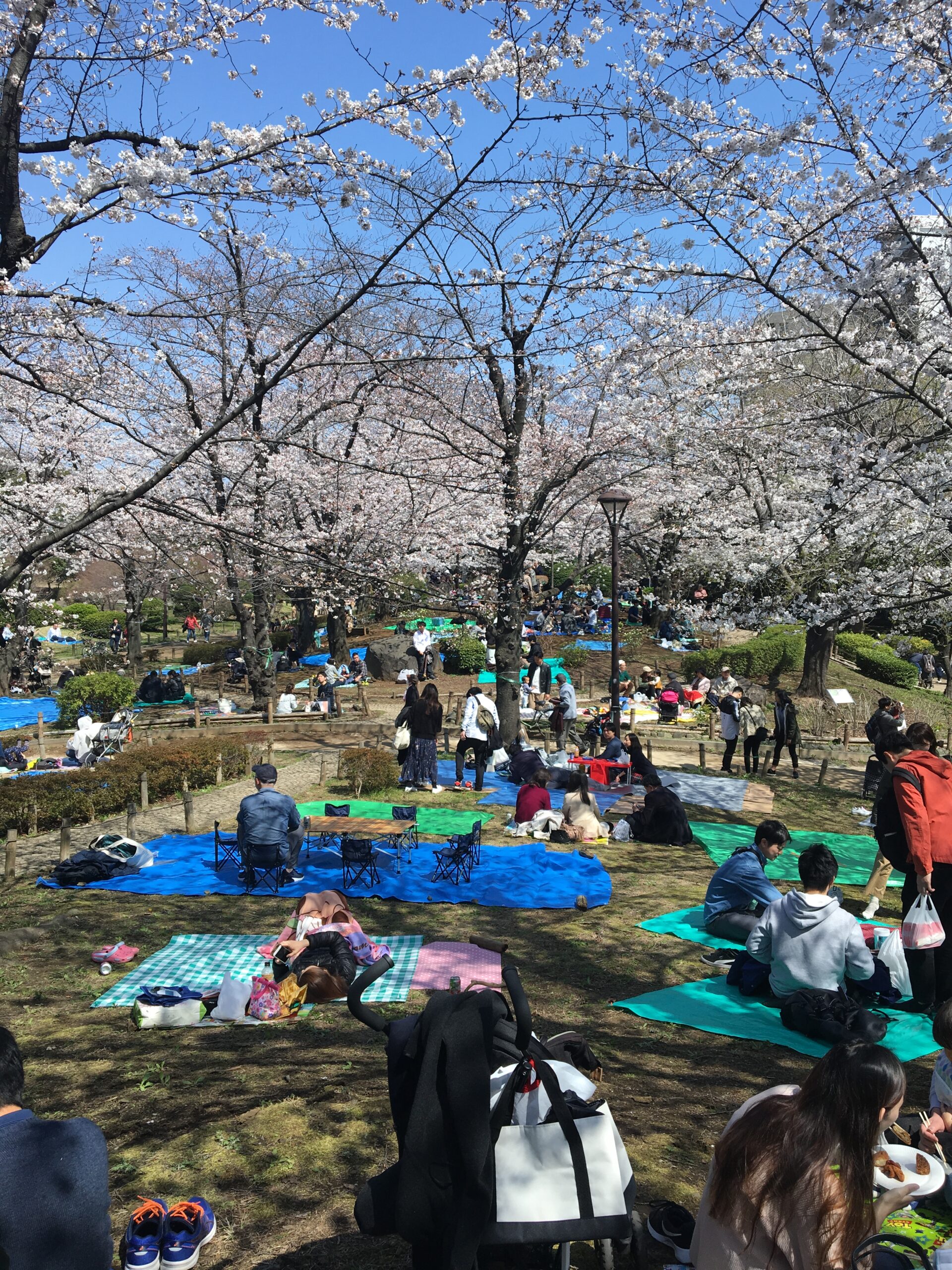 |
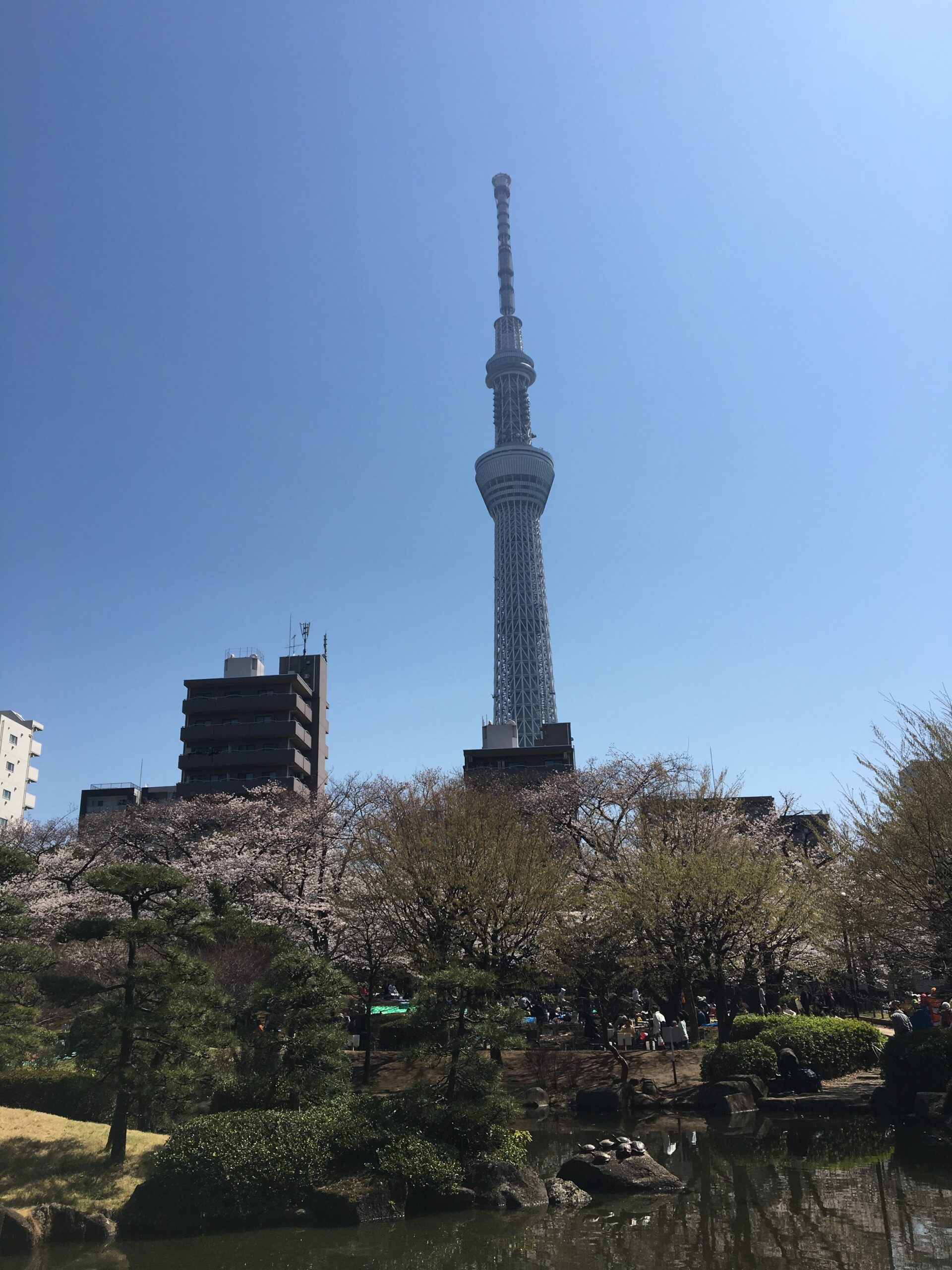 |
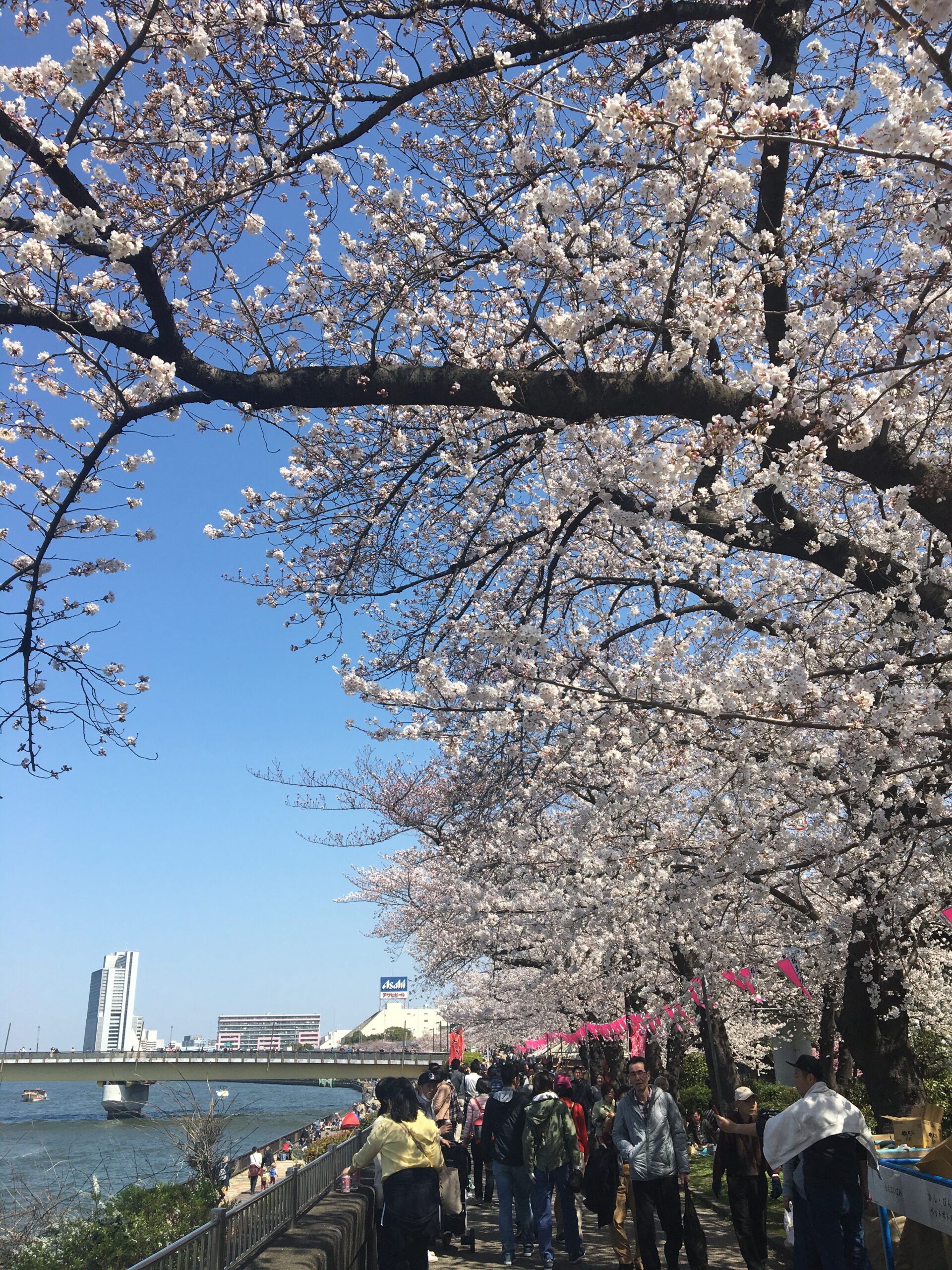 |
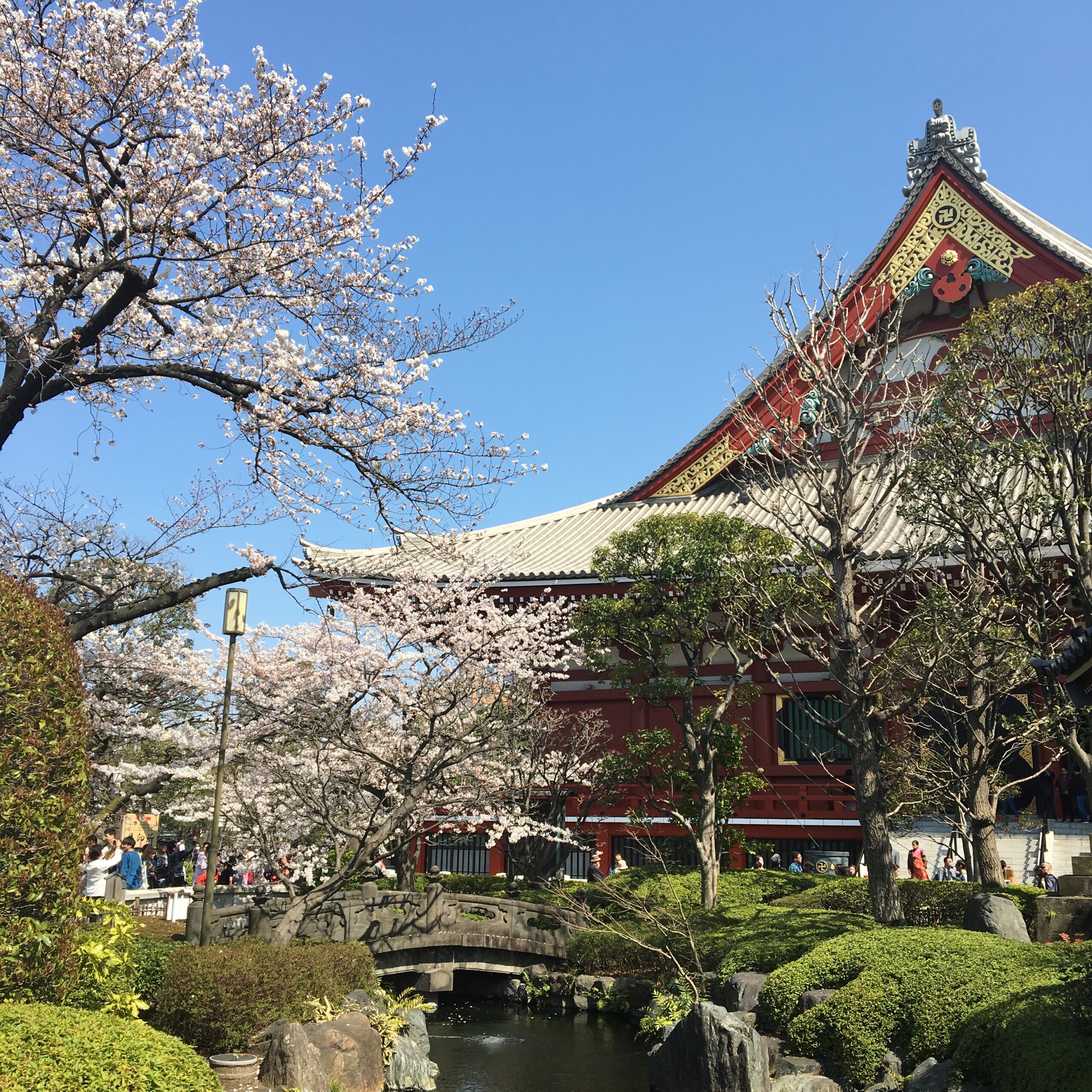 |
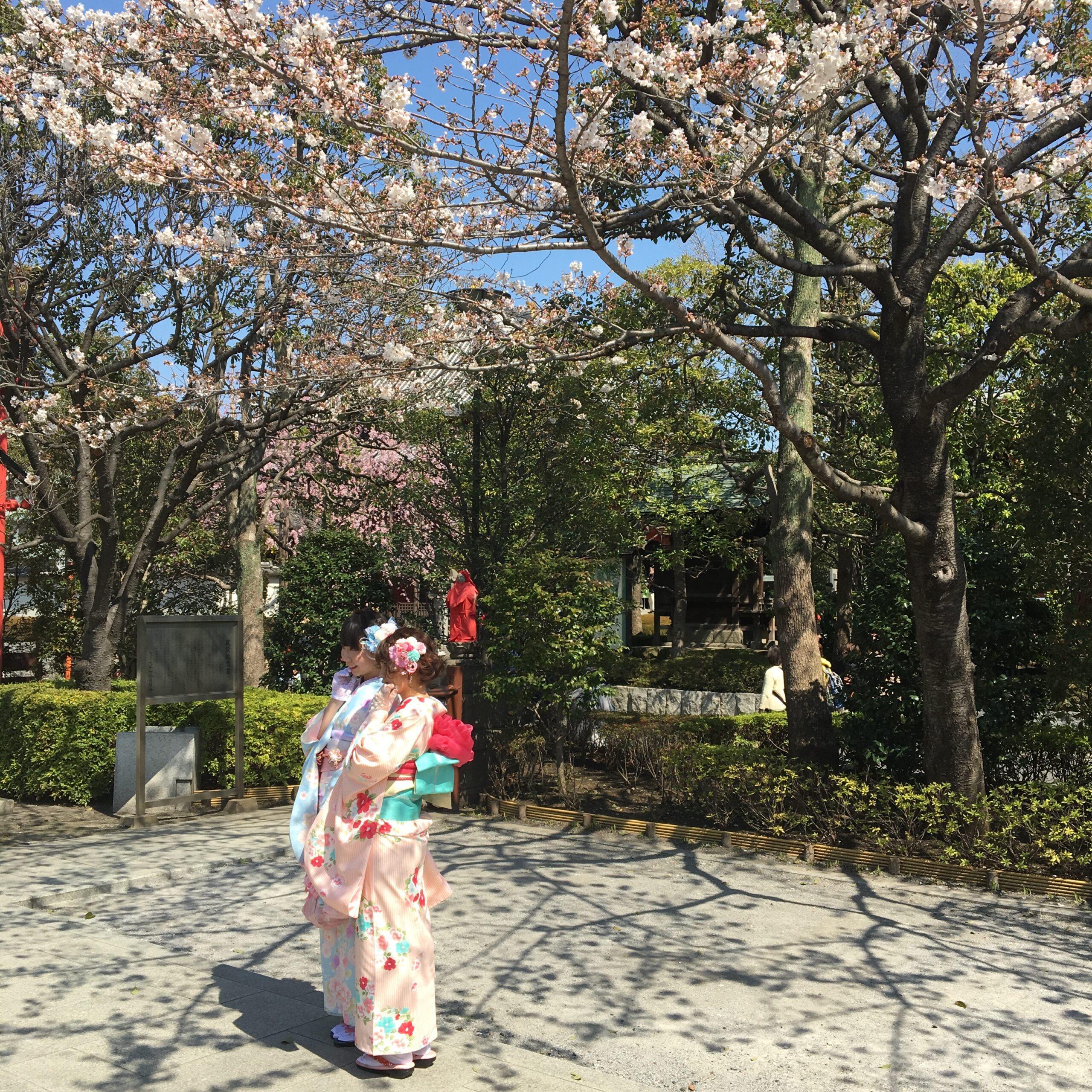 |
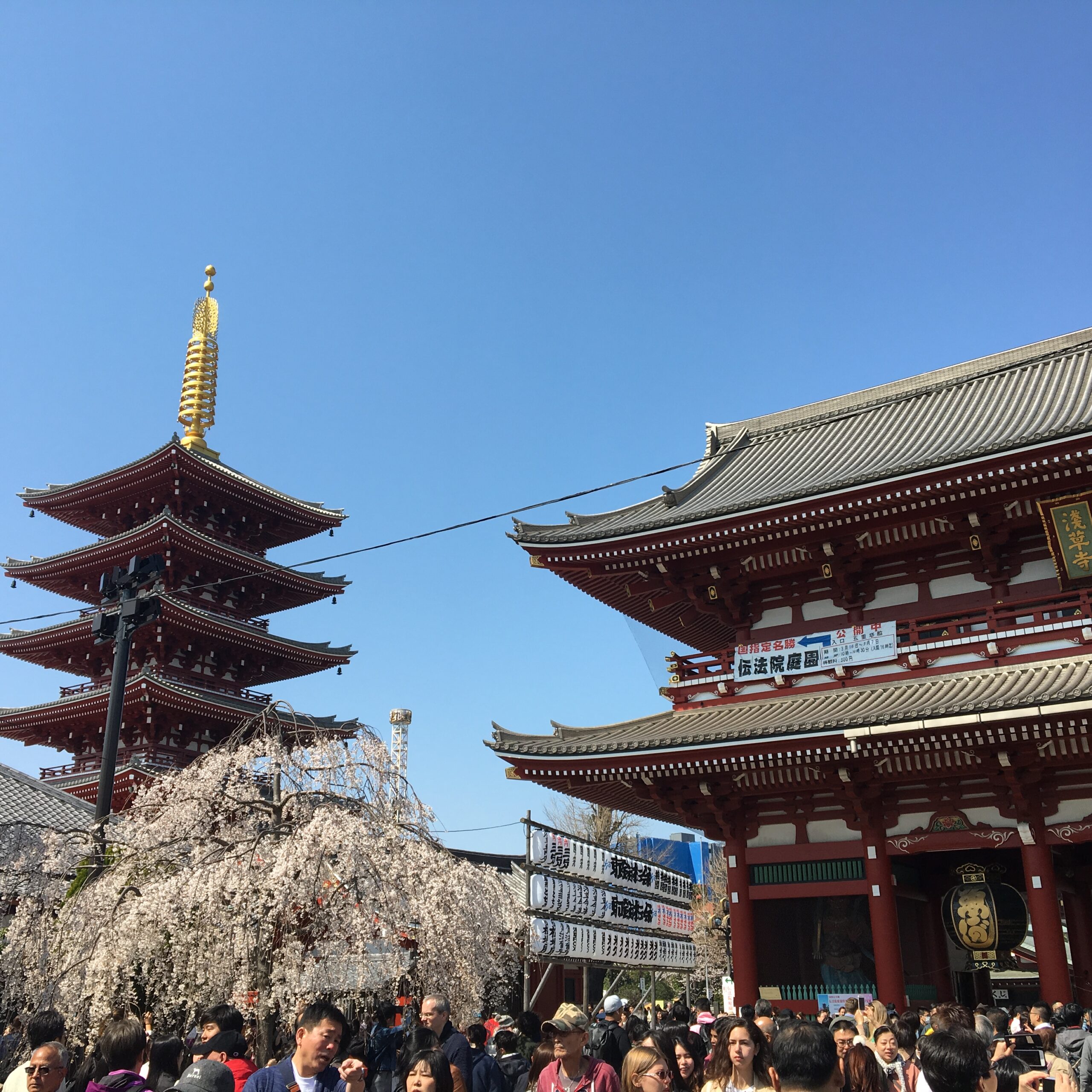 |
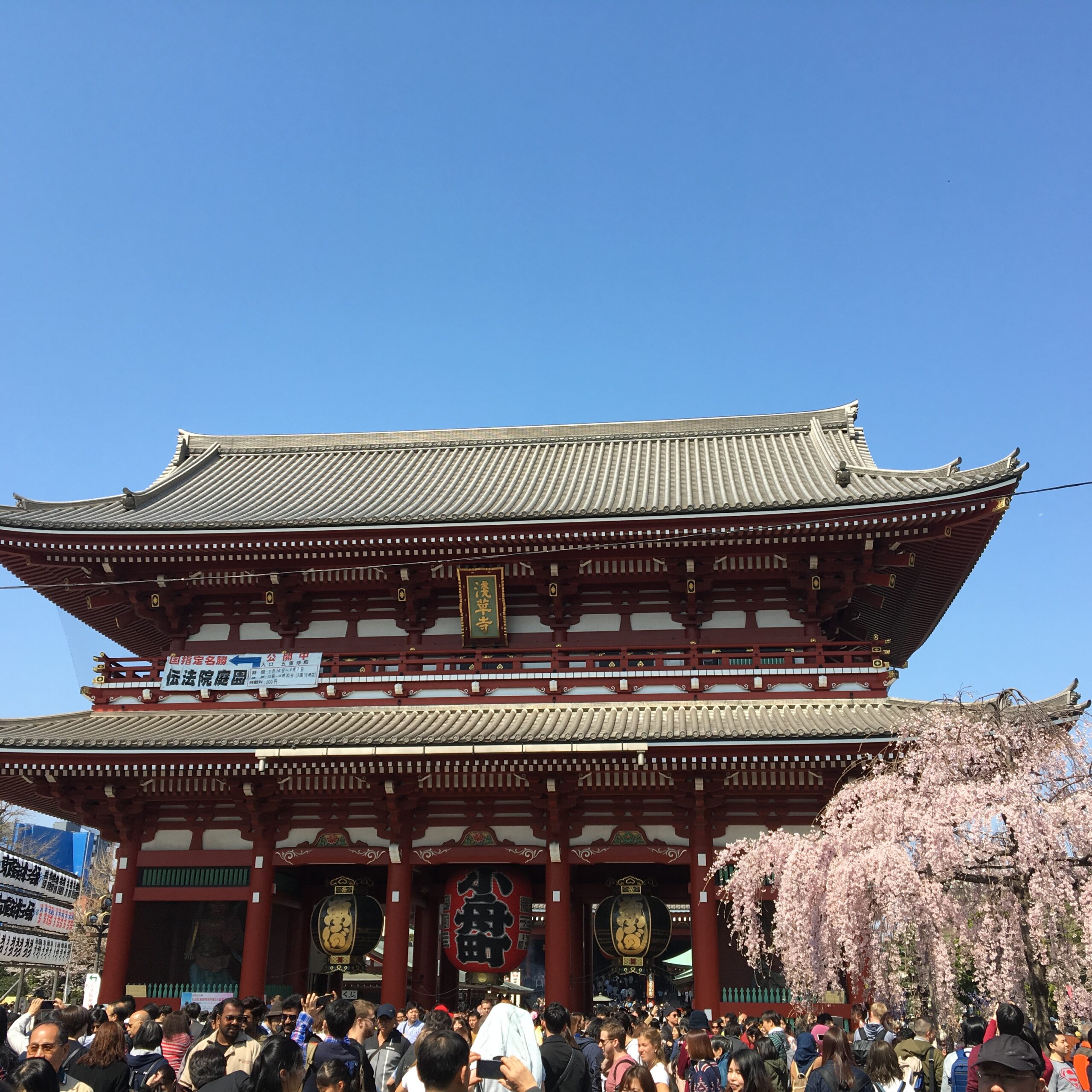 |
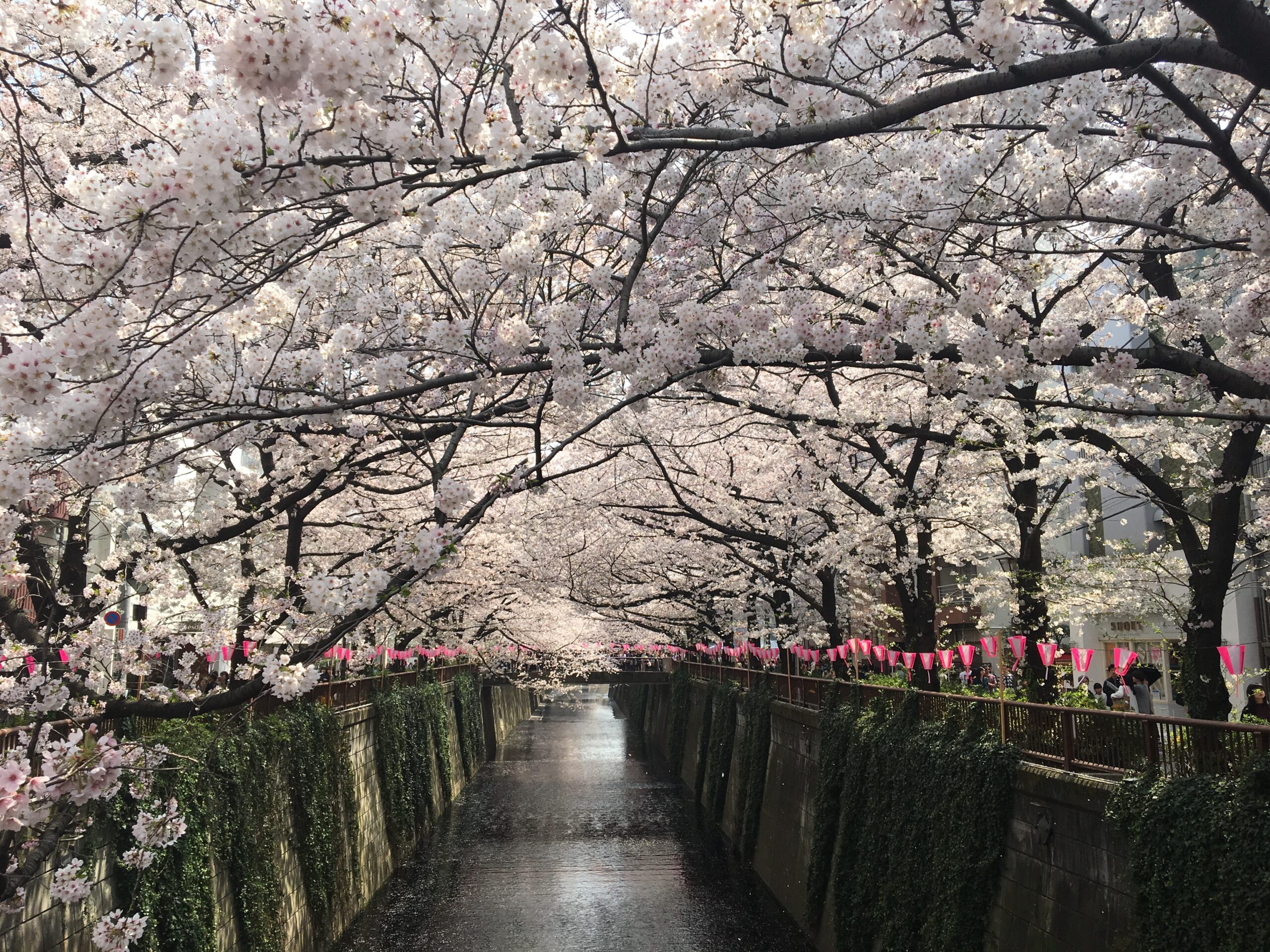
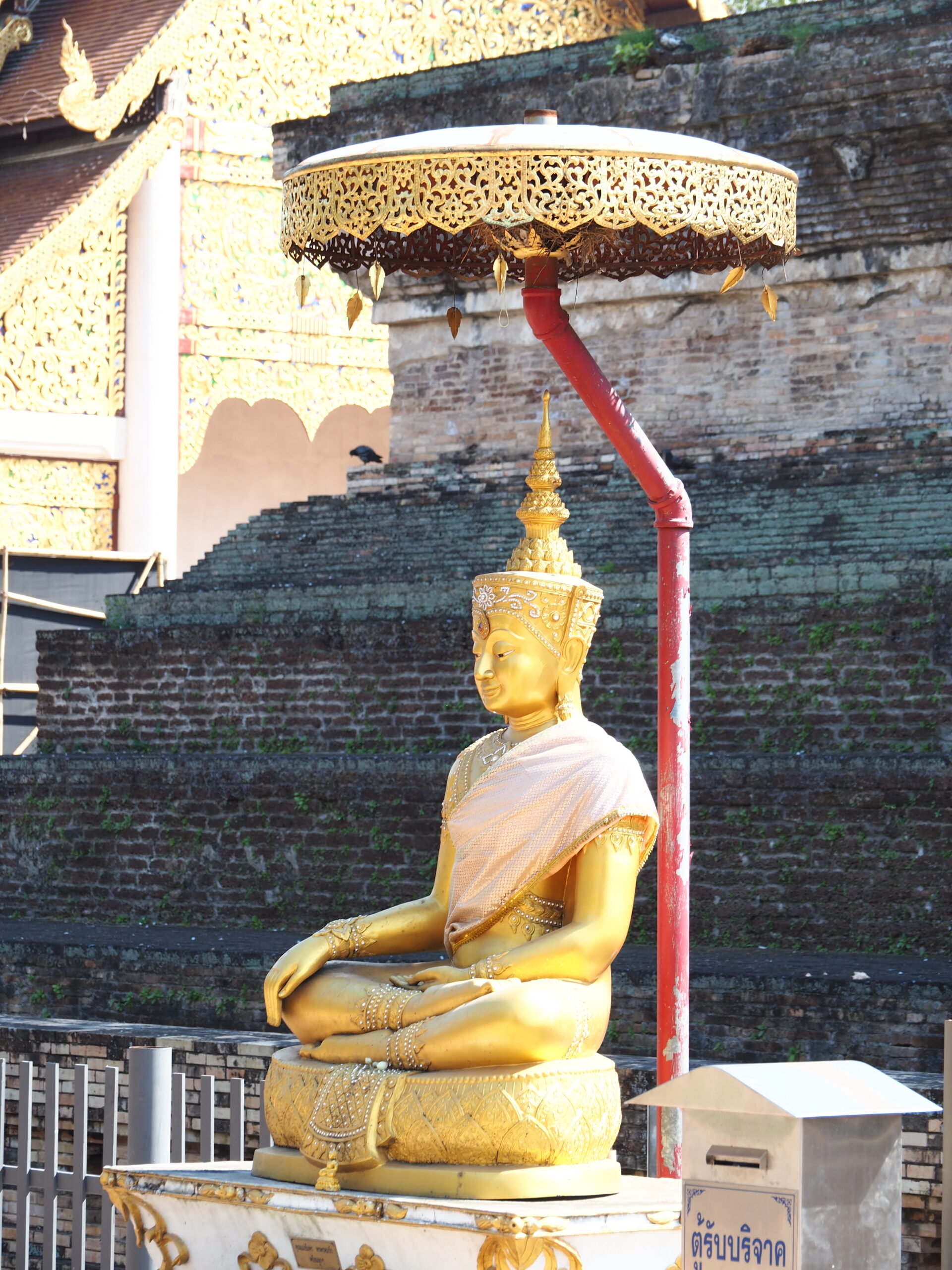
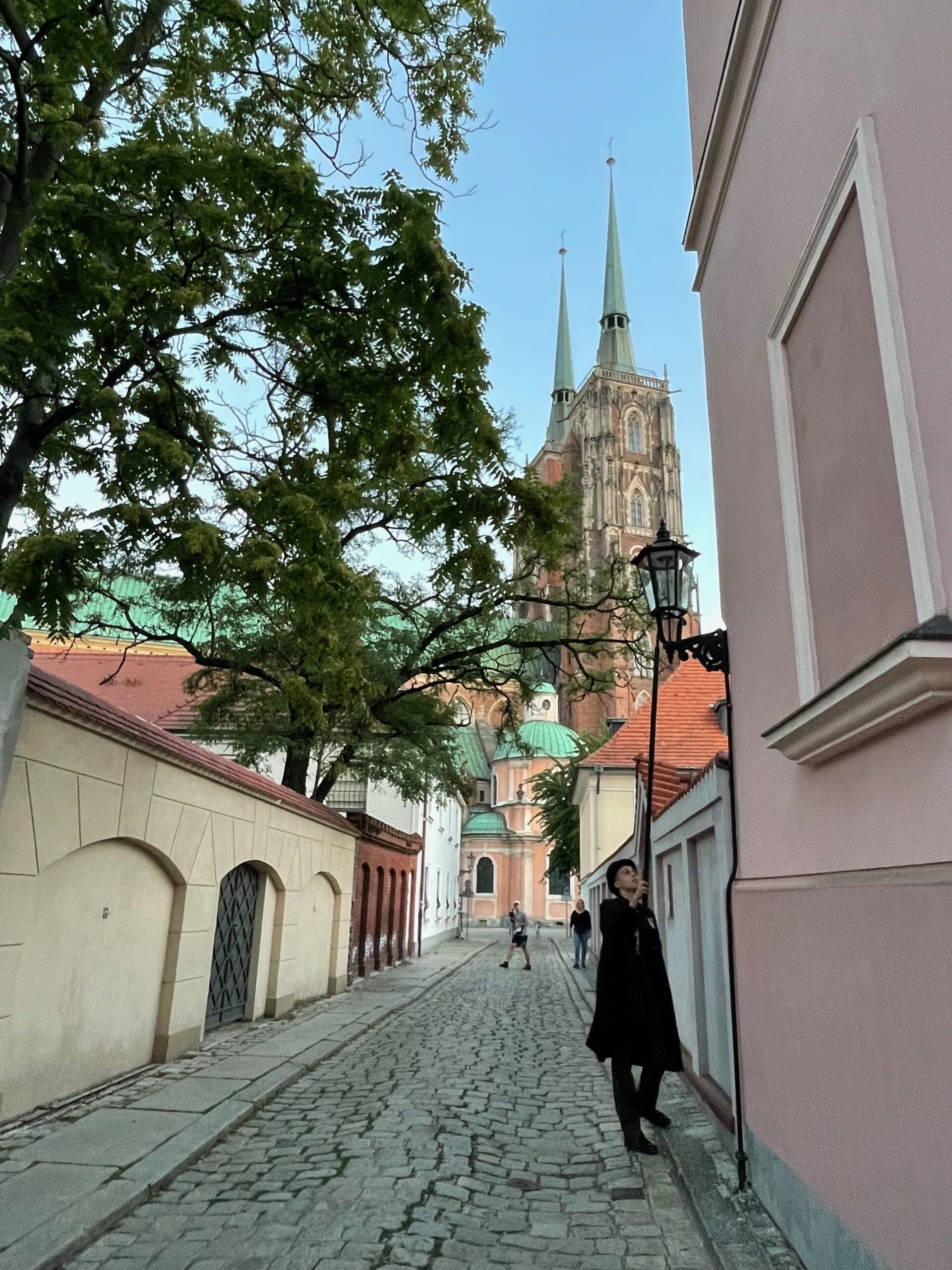
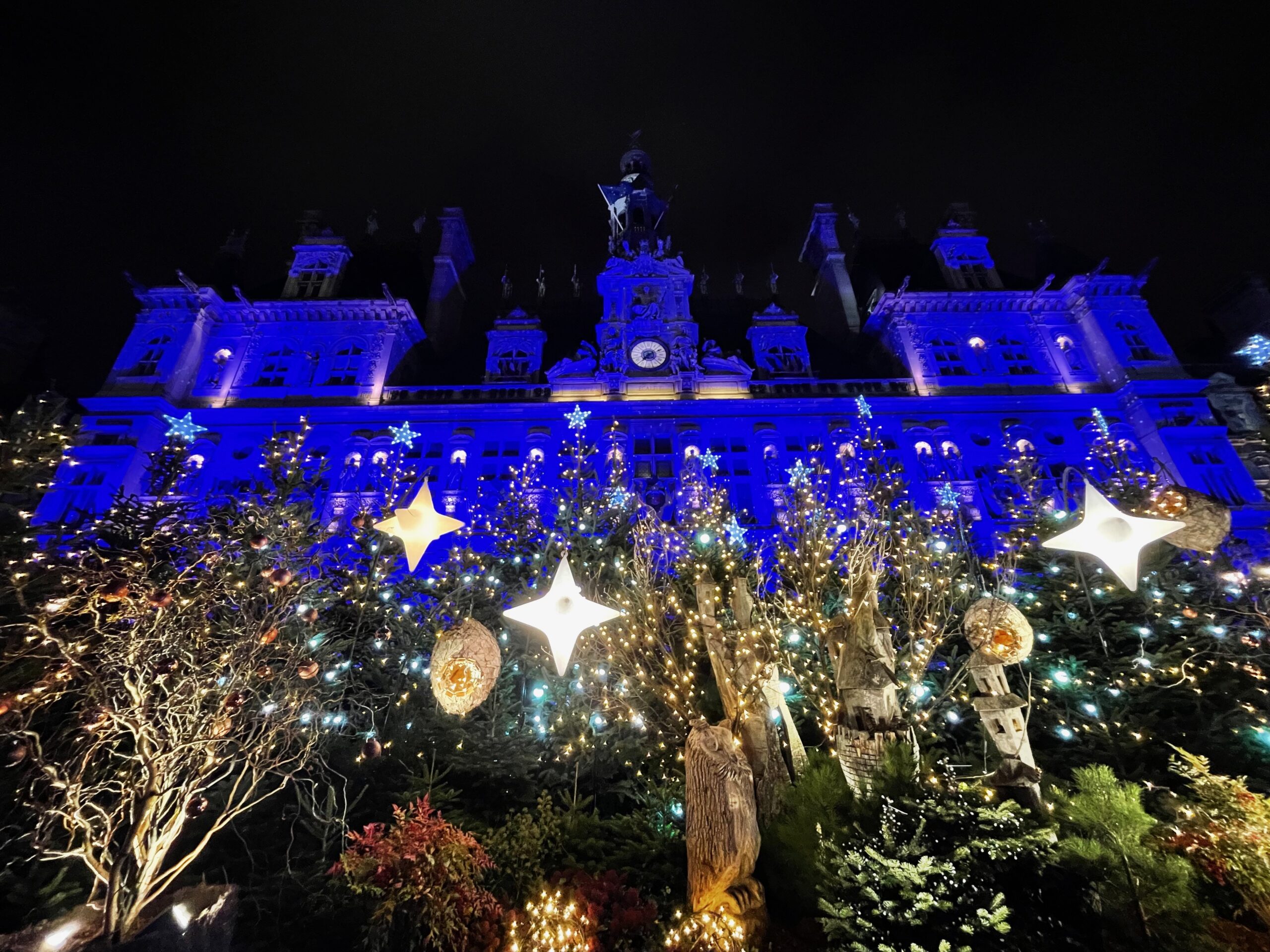
Pure magic 😉 I dream about my visit in Japan during cherry blossom.